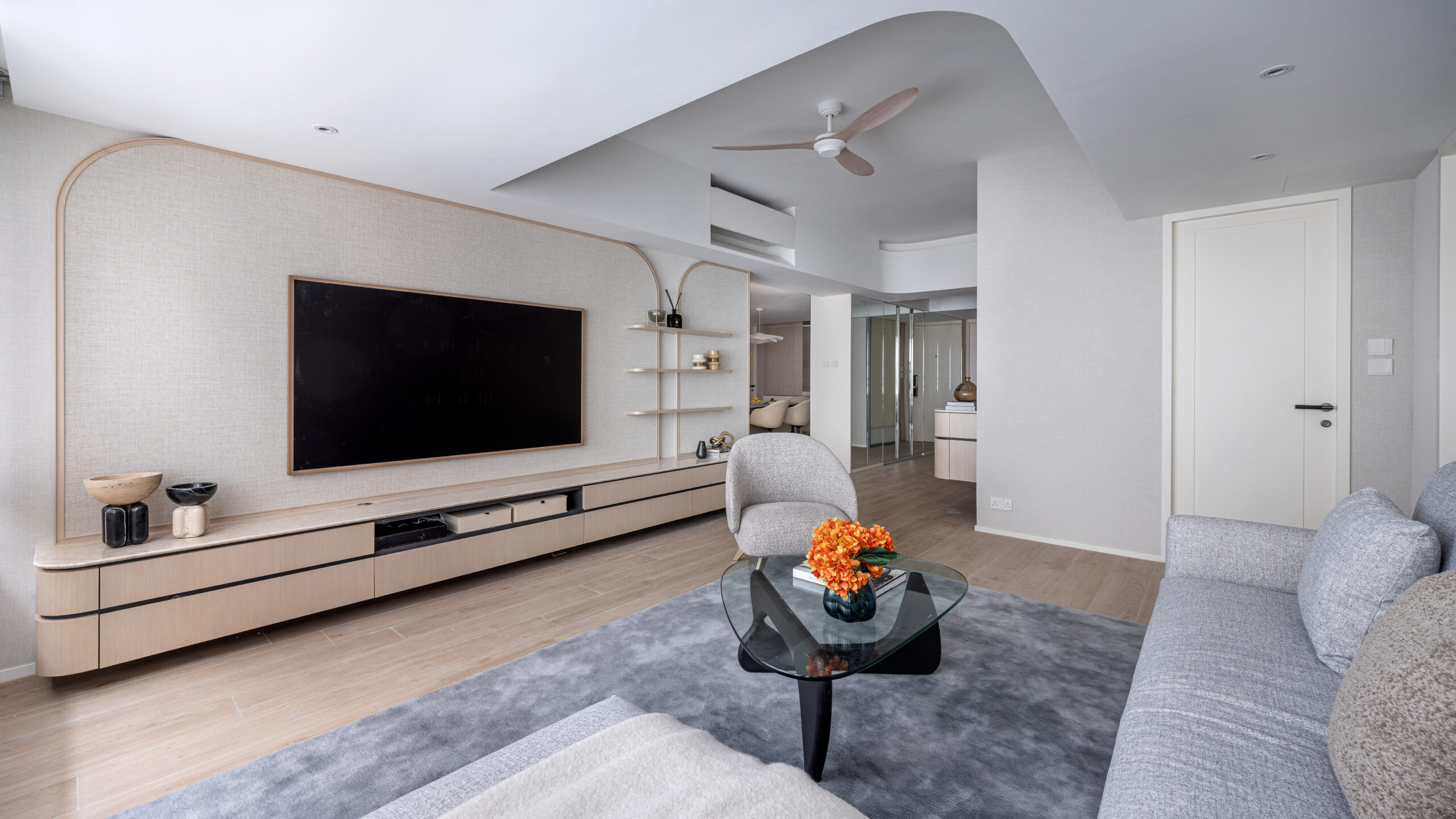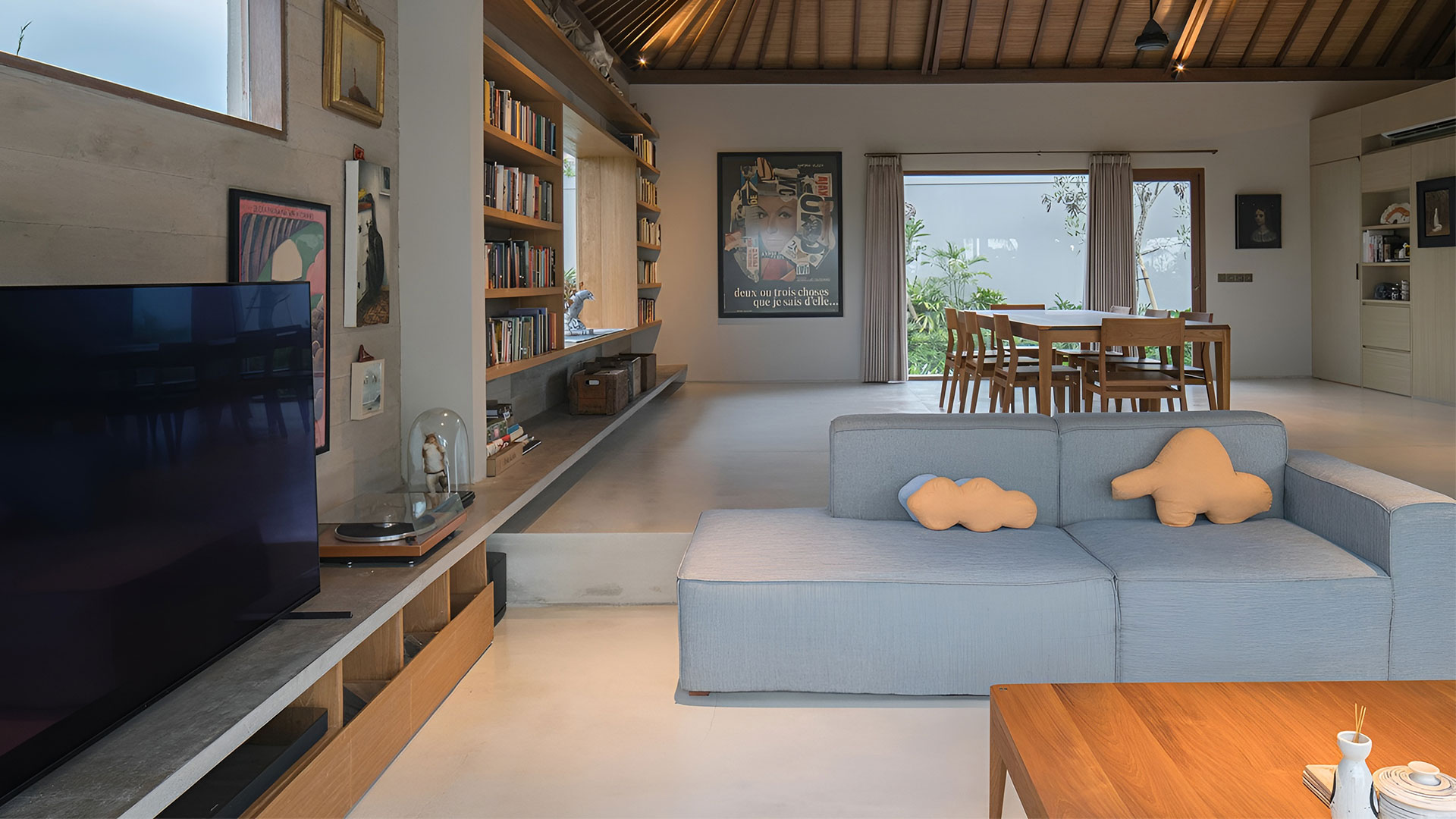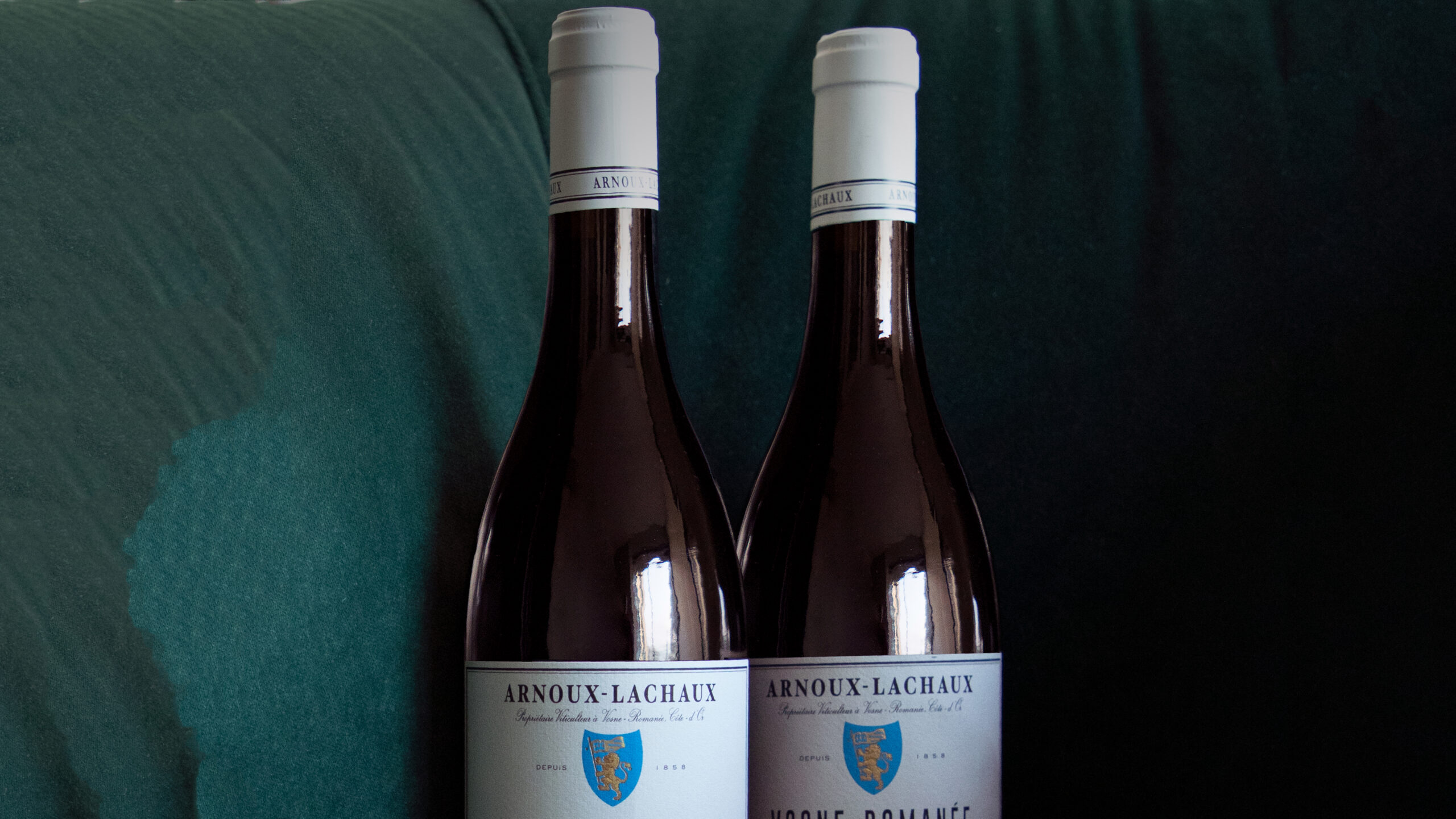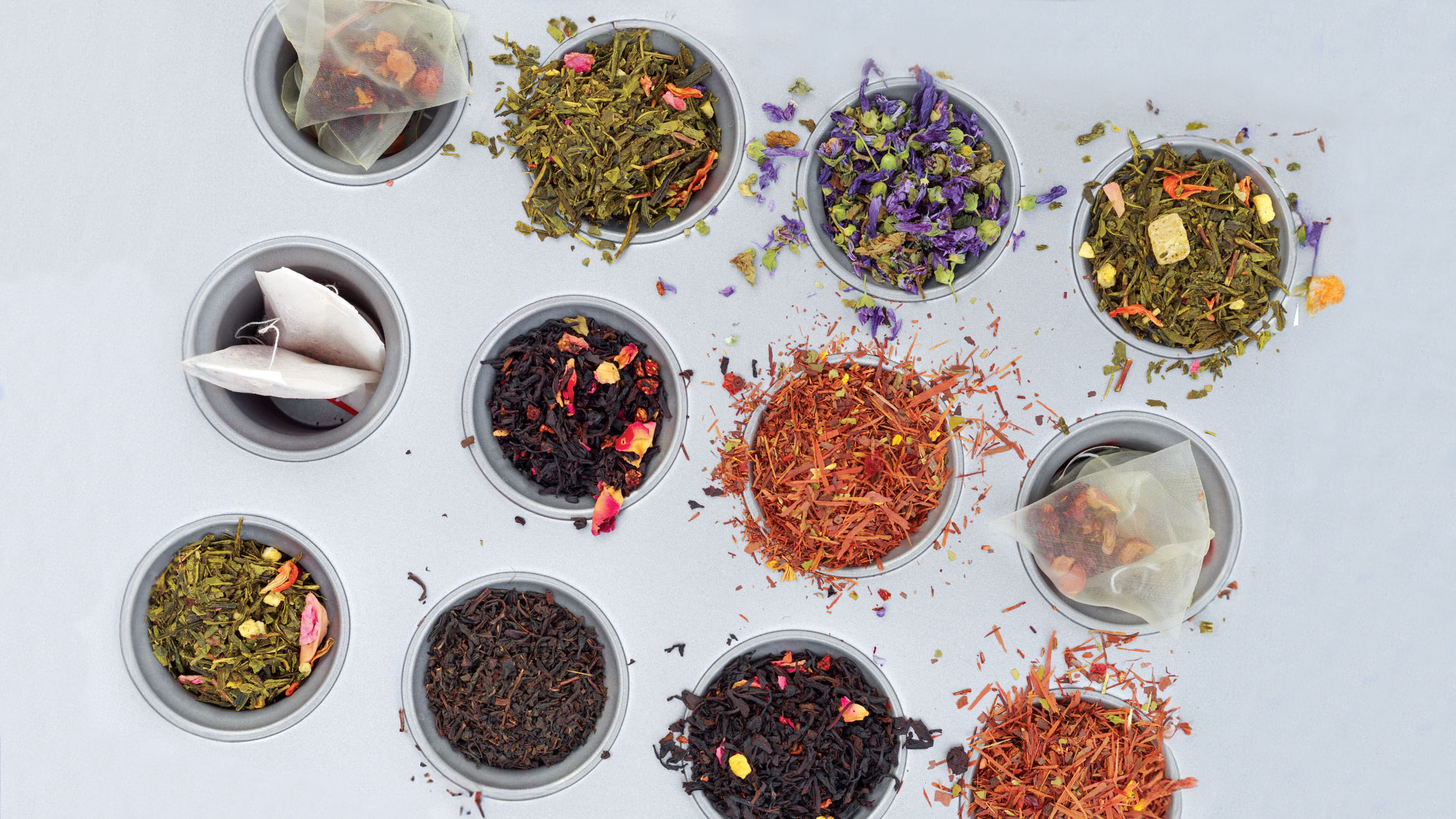KS Studio Ltd creates exquisite spaces that encompass all types of environments, from residential and commercial projects to grand villas, incorporating designs that ooze class and convey beauty and distinctiveness.
Category: Latest
Ways of Hathaway: America’s sweetheart Anne Hathaway has journeyed from girl next door to empowering woman of the world
Anne Hathaway has been a fixture in Hollywood for more than two decades, cementing her status as one of America’s most beloved and talented actresses. With her girl-next-door charm and undeniable acting chops, the ingénue has blossomed into an influential humanitarian and won over audiences worldwide.
Born in Brooklyn, New York in 1982, Hathaway was drawn to the performing arts and appeared in local theatre productions while still at school – her mother, Kate McCauley, was an actress. “I knew from a very early age that this is what I wanted to do with my life,” she reflects. “There was just something about being on stage that felt so natural and exhilarating to me.”

The family moved to New Jersey, where she graduated from Millburn High School and attended Vassar College before transferring to New York University’s Gallatin School of Individualized Study. Her breakout role came in 2001 when she was cast as the clumsy-yet-charming Princess Mia Thermopolis in The Princess Diaries. The movie was a runaway success, and Hathaway’s star began a rapid ascent.
Showing her versatility as an actor, she took on a variety of roles, from ground-breaking romance Brokeback Mountain (2005) and comedy The Devil Wears Prada (2006) to iconic musical Les Misérables (2012), for which she won an Academy Award for Best Supporting Actress.

“As an actor, I’m always looking to push myself and tackle roles that will allow me to grow and explore new emotional terrain,” says Hathaway, who turns 42 in November. “Fantine (a single mother forced into prostitution in Les Misérables) was one of the most demanding and rewarding parts I’ve ever had the privilege of playing.”
Her modus operandi is to immerse herself completely in her roles. For Fantine, she shed 25 pounds and resolved to shave her head after researching that this look was genuine to the historical period. She also insisted on more than 20 takes of her character’s lament, I Dreamed a Dream, despite the fact that director Ang Lee thought she had nailed it on the fourth attempt.

She gets so into the zone when filming that she feels as if she leaves her body: “The truth is that you let go. You black out a little bit. You come up at the end and you’re like, ‘What just happened?’”
Positive Outlook
Hathaway has spoken candidly about her approach to life and happiness. “I think the most important thing is to find what you love and just go for it,” she once said. “Don’t let fear or self-doubt hold you back.”
She also emphasises the importance of self-care and finding balance in life. “It’s so easy to get caught up in the hustle and bustle of this industry, but I’ve learned that it’s crucial to take time for yourself. Whether it’s a yoga session, a long walk, or just a quiet moment of reflection, those moments of self-care are what keep me grounded and happy.”

Hathaway’s commitment to authenticity and willingness to show vulnerability have also been sources of inspiration for her fans. “I’ve had my fair share of ups and downs, and I think it’s important to be honest about that,” she says. Her first husband, Italian property developer Raffaello Follieri, was imprisoned for fraud in 2008. “It’s not always easy, but I believe that by embracing our flaws and our struggles, we can find true happiness and fulfilment.”
She believes she is now less stressed and nicer as a mother to Jonathan, eight, and Jack, four – her sons with actor-producer Adam Shulman whom she married in 2012 – and applies that gentleness to herself: “When I was younger, the way that I knew how to improve was by being hard on myself. There’s a ceiling to that path. I had to relearn what it means to have a drive but to do it in a nurturing way. And that’s when you go, ‘Oh, if there’s a ceiling, I haven’t discovered it yet.’”
A Voice for Good
Off-screen, Hathaway uses her platform to advocate for important causes. She is a long-time supporter of the Nike Foundation’s efforts to empower adolescent girls in developing countries, lending her celebrity to raise awareness and funds for initiatives in education, healthcare and economic opportunities. In addition, she has been a vocal advocate for LGBTQ+ rights and mental health issues, using her social-media platform to speak out against discrimination and destigmatise conversations about mind wellness. She has also participated in fundraisers and public awareness campaigns related to these causes, demonstrating her commitment to using her influence to create positive change.

“I believe that we all have a responsibility to use our voice and platform to make a positive difference,” she remarks. “These are issues that are deeply important to me, and I’m honoured to be able to lend my support.”
Through her philanthropic work and willingness to use her voice for important social issues, Hathaway has consistently shown that she is dedicated to making a meaningful impact beyond her achievements in the entertainment industry. Her determination to do good serves as an inspiring example for her fellow celebrities and the general public alike.
Future Path
From Disney adolescent princess to celestial monarch in Tim Burton’s Alice In Wonderland (2010), Anne Hathaway is a real Hollywood blue blood. Paradoxically, she is the go-to girl next door; intellectual and alluring; and as loved by women as she is cherished by men. She shows no signs of slowing down, continuing to captivate audiences with her work. She earned praise for her role as WeWork founder Adam Neumann’s wife Rebekah in the Apple TV+ miniseries WeCrashed (2022), starred in this year’s Amazon Prime romantic comedy The Idea of You, and will appear opposite Ewan McGregor in the sci-fi movie Flowervale Street next year.

When reflecting on her remarkable career, Hathaway emphasises the importance of staying true to oneself. “The best advice I can give is to find what lights you up and pursue it with passion and authenticity,” she says. “That’s the path to true fulfilment, both professionally and personally.”
Guided by her inspiring talent, unwavering dedication and compassionate spirit, Anne Hathaway’s remarkable journey serves as a testament to the power of following your dreams – and underlines how celebrities can use their platform to make a difference in the world.
Timeless properties designed to perfection
Edward Lau creates distinctive designs and houses full of character such as at Laguna Verde
Edward Lau’s expertise in interior design stems from his many years working as an architect in Hong Kong during which he mastered the principles of design, construction, and spatial planning. This comprehensive knowledge gives him the confidence to approach interior design projects with a holistic perspective, considering the aesthetic elements and the functional and structural requirements.

Here he talks about his outstanding professional background and his latest residential design project at Laguna Verde in Hung Hom. This is a 1,400 sq. ft unit which uses the beauty of sunlight to its best advantage. By employing natural materials, as time passed, the sunlight imbued it with nuanced changes. This lends an enchanting character and a trace of history to the house.
How does your background serve as a strong foundation for your talent and expertise in interior design?
My background has instilled in me the ability to visualize spaces and ensure the optimal utilization of available square footage. This skill set is invaluable when crafting captivating interior spaces that are both visually appealing and highly functional.

Furthermore, my experience in a diverse range of projects, from large-scale commercial developments to a wide variety of interior design ventures, has equipped me with a versatile and adaptable design approach. I am adept at tackling complex design challenges and delivering tailored solutions that cater to the unique needs and aspirations of each client.
Do you usually surpass the expectations of your clients?
By using my extensive design and build experience, I can consistently deliver outstanding results that exceed the client’s initial vision.I am always striving to surpass the expectations of my clients.
All importantly, the client’s needs always come first. I take the time to thoroughly understand all the client’s requirements, preferences, and project goals, and then I leverage my design to translate their vision into a reality that surpasses their expectations.

I can clearly identify and address potential challenges early on, ensuring a seamless design and implementation process.Moreover, I place a strong emphasis on attention to detail and overall quality. Thus, we consistently deliver projects that exceed the client’s expectations and leave a lasting impression.
Are there any achievements or projects you are particularly proud of?
Many of our interior design projects have been recognized with awards, such as the Duplex Design in Yuen Long and the Special Garden Unit in Tai Po. We take great pride in our ability to create remarkable living spaces that enhance the quality of life for our clients.

Laguna Verde Project
For instance, in our latest residential design project at Laguna Verde in Hung Hom, we have paid meticulous attention to detail, incorporating elements like curved shapes, textured painted finishes, and rattan cabinetry. These details, complemented by the homeowner’s preference for natural materials, have resulted in a design that is both visually appealing and exceptionally comfortable.

Additionally, the incorporation of various smart home appliances in the design has provided residents with a more convenient and seamless living experience.
Living room

Furthermore, we pay special attention to spatial planning to foster harmonious relationships within the household. For instance, we have incorporated an open reading area in the living room, complete with beanbags on the floor, allowing the family members to read and converse in a convenient and cozy setting, strengthening the bond between parents and children. The living room utilizes wooden flooring, creating a clear distinction of zones.
Master bedroom

In the master bedroom, we have incorporated deep wooden tones complemented by rattan elements which, along with the addition of textured paint, exudes a beautiful contrast between a modern aesthetic and natural materials.
The same colour scheme has been consistently used throughout the house, along with the use of similar materials. However, we have introduced variations in the shape design. The overall impression is very comfortable in the long run, while also offering clients a timeless experience.
Hankow Centre: Creating a vibrant living space for all the family
Hankow Centre, situated in Tsim Sha Tsui, boasts a distinctive residential design spanning over 1000 square feet, tailored for an Indian family of five. By combining two units, an extra-large living space was created, reimagined through interior customization and spatial planning. The minimalist approach adopted by our designer features wood tones and curved lines throughout, maintaining a cohesive theme and cultivating an open and spacious residential environment.
Living & Dining Room
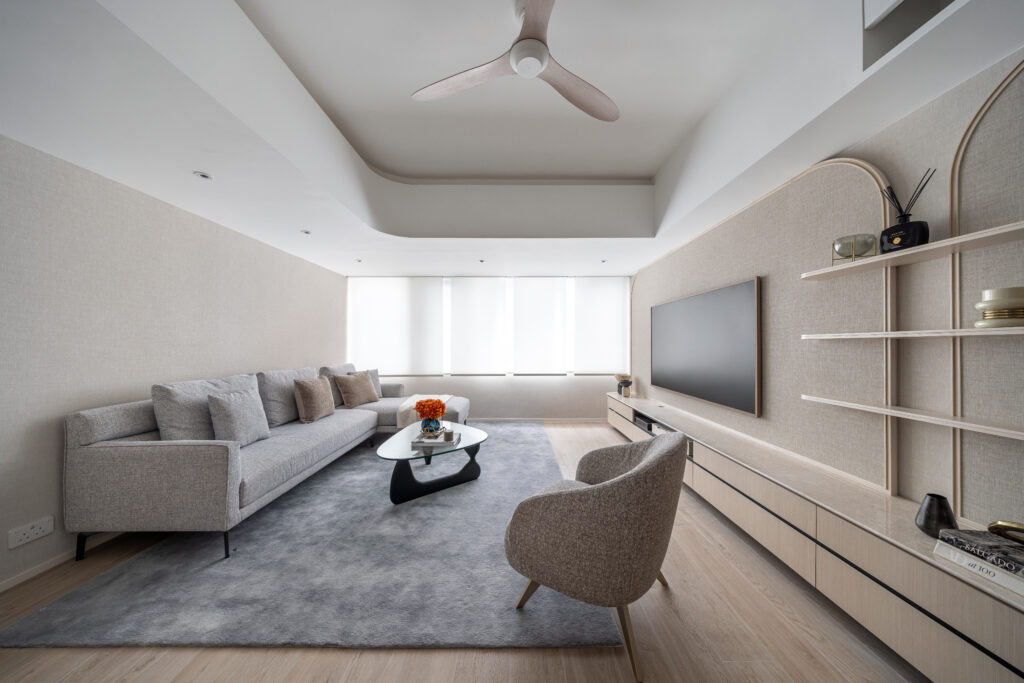
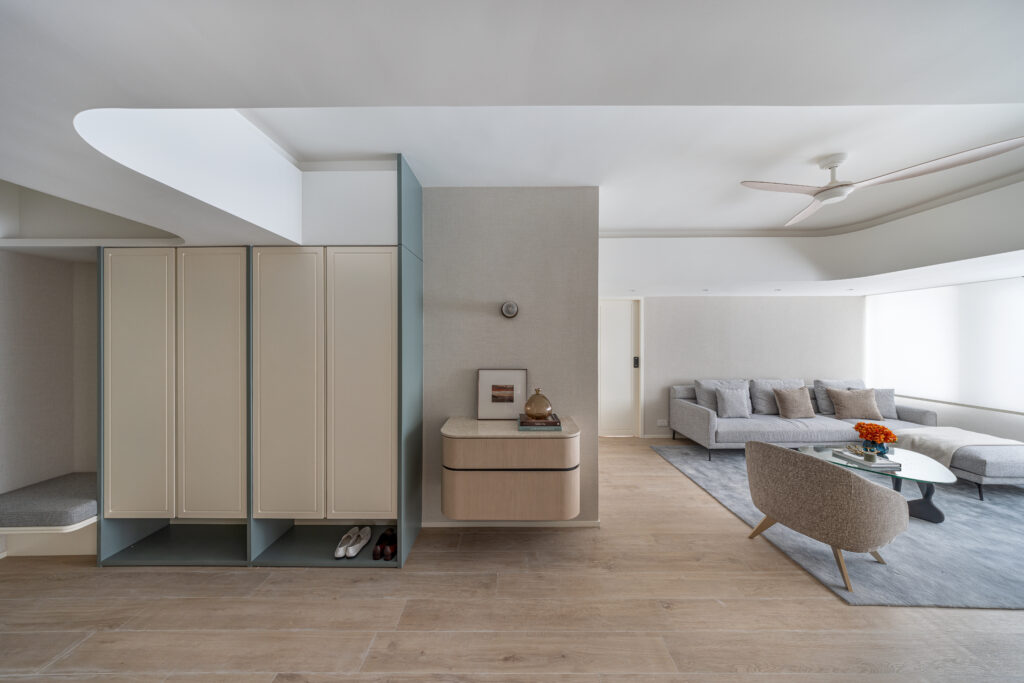
The foyer area incorporates mirrors within a minimalist colour scheme to maximize natural light, particularly in areas with limited daylight. The dining and living spaces have been seamlessly integrated into an extra-large hall, with an open layout providing clear separation and purpose definition. To address protruding beams, decorative false ceilings were introduced, adorned with circular lines for added embellishment. Built-in wall cabinets in the dining and living areas offer ample storage while harmonizing with the curved feature wall design, enhancing the overall spatial arrangement.
Master Ensuite & Closet
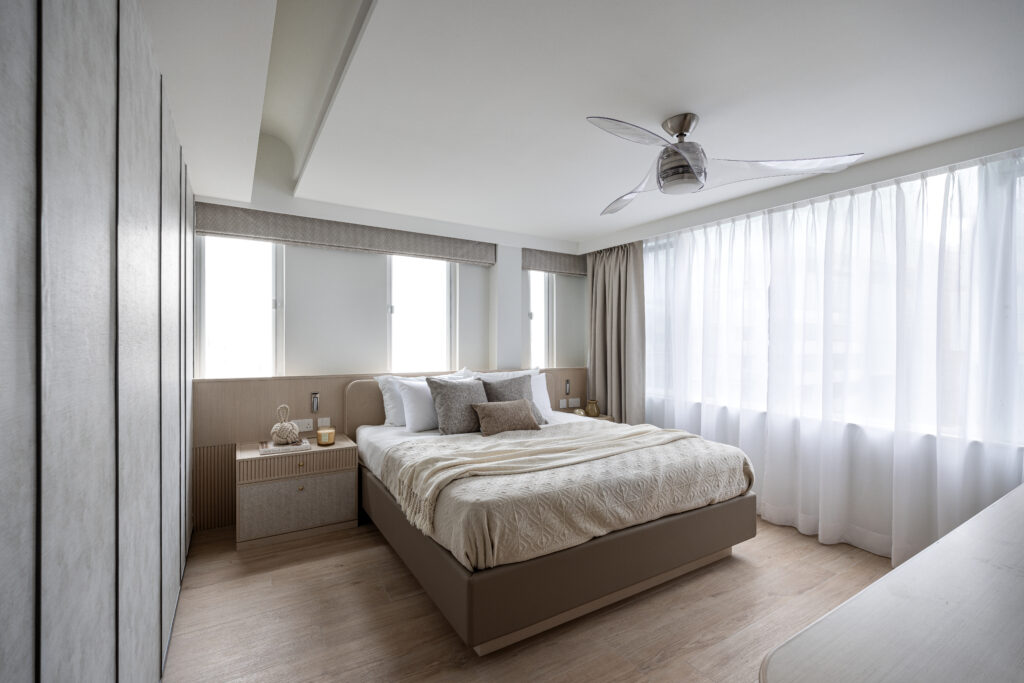
The master suite features a storage wall cabinet that divides the sleeping area from a small walk-in closet, exuding a serene and natural ambience with grey-beige hues, wooden furniture, and hardwood flooring. The television area is integrated with storage functionality on one side of the storage wall, fulfilling the owner’s requirements. The master bathroom boasts both a shower cubicle and a bathtub, offering a complete range of functional amenities.
Bedrooms & Bathrooms
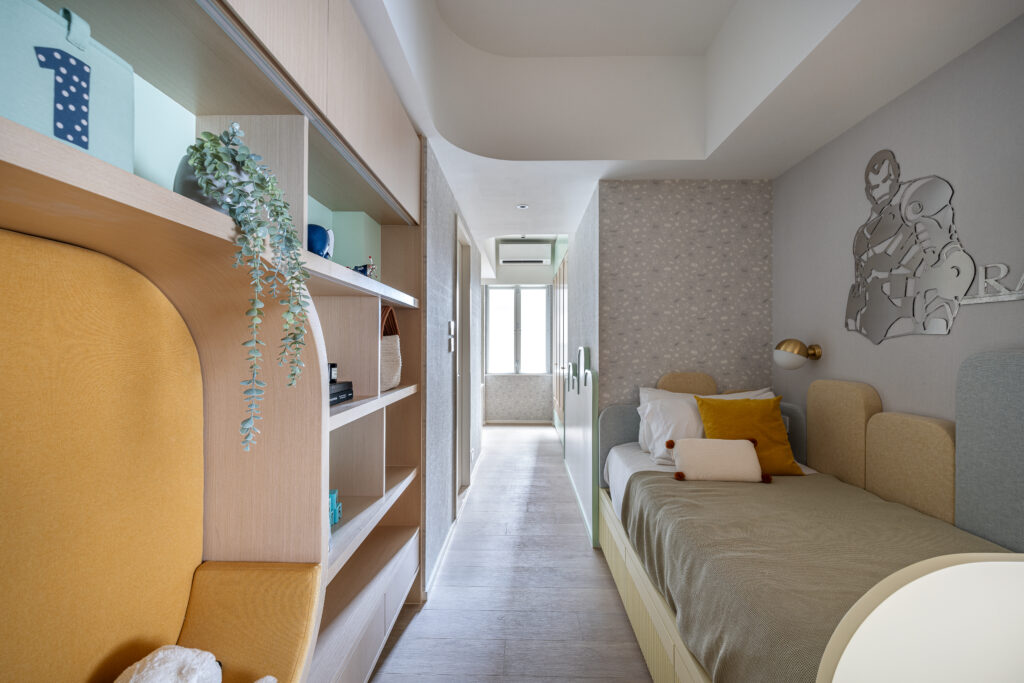
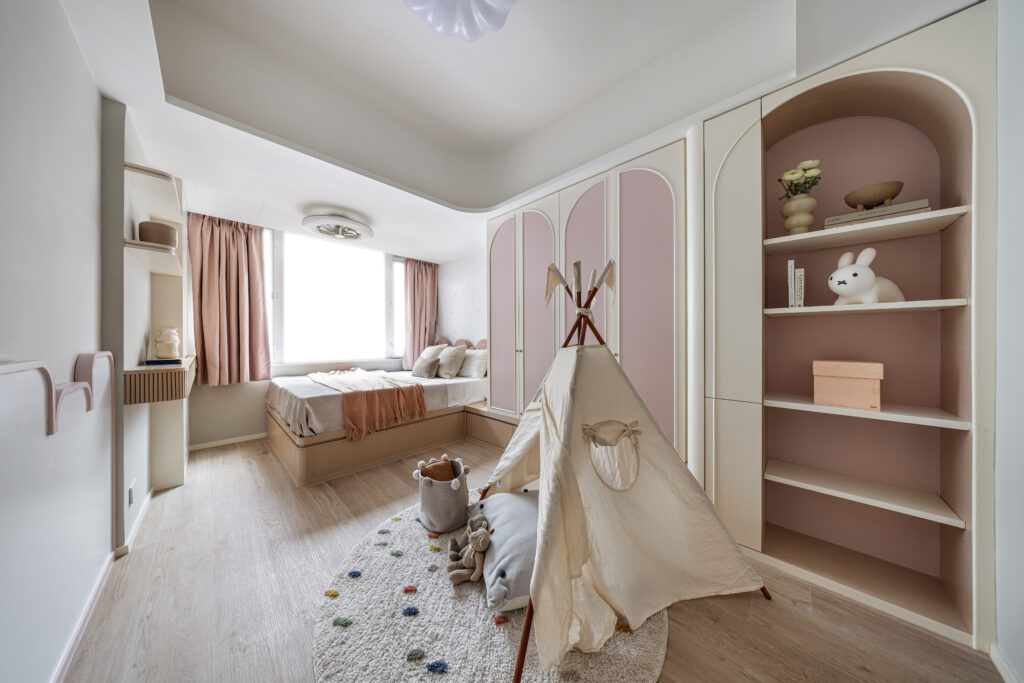
Designed for the owner’s three children, each room incorporates unique features to foster an ideal growth environment. The son’s bedroom integrates vibrant colours as accents in a minimalist space, with a feature wall for displaying books and models, creating a joyful atmosphere.
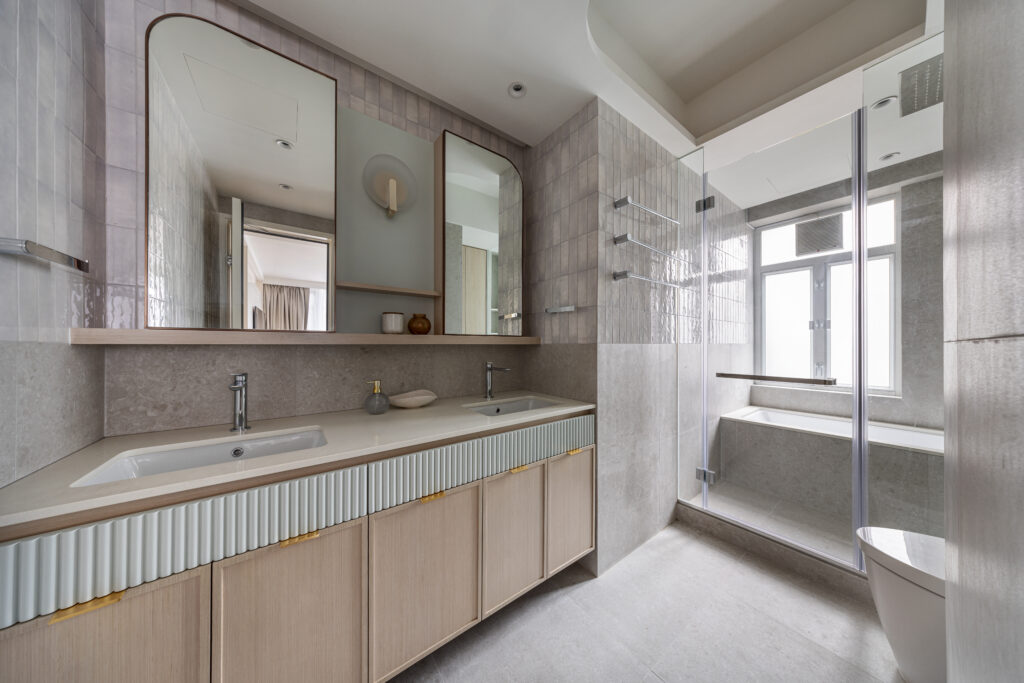
This room is equipped with an ensuite bathroom featuring unique tile textures, as well as the inclusion of both a shower cubicle and a bathtub.The daughter’s room, designed in a pink colour scheme, offers ample space for activities and multiple wardrobes for enhanced storage capacity.
Grande Interior Design
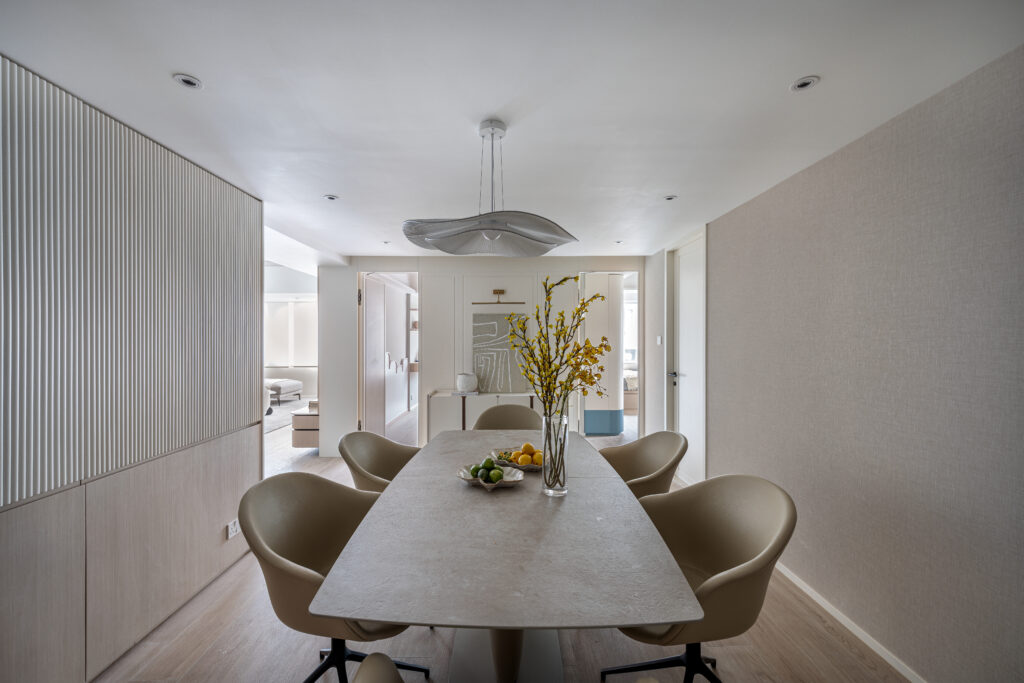
Established in 2013 by Matthew Li and Maggy Cheung, Grande Interior Design is a globally recognized award-winning interior design studio. We gatherinsightsfrom research, experimentation, and experiencesto create customized living ways and it is widely considered to be one of the most unique practicesto emerge in recent years.
With a focus on aesthetics, lifestyle, functionality, and sustainability, the studio curates bespoke designs for residential, commercial, hospitality, F&B, and mixed-use projects. Upholding a reputation for innovative and high-quality designs, the team at Grande Interior Design aims to deliver projects on time and within budget, ensuring perfection in every aspect of the design process.
Kraven Power: From Bullet Train to Marvel villain and on to Bond? Aaron Taylor-Johnson remains surprisingly grounded
Aaron Taylor-Johnson has captivated audiences worldwide with his versatile acting and magnetic on-screen presence. The British talent, who turns 34 this month, has carved out an impressive career, transitioning seamlessly from independent films to big-budget blockbusters, and industry spies suggest he might take on the biggest action role out there – a certain Bond, James Bond.
Born in 1990 in High Wycombe, England, Taylor-Johnson’s passion for the arts blossomed at a young age. He recalls: “As a kid, I was always putting on little shows and performances for my family. I knew early on that acting was my calling.” His breakthrough role came in 2009 when he starred (under his birth name, Aaron Johnson) in the critically acclaimed film Nowhere Boy, portraying the teenage John Lennon. The performance earned him a trio of British film award nominations and showcased his remarkable talent. “I wanted to do justice to Lennon’s story and capture the complexity of his character,” the actor reflects.

Following this breakout success, he continued to impress, taking on diverse roles that showcased his impressive range. In 2010, he headlined the action-packed Kick-Ass, playing a high-school student who becomes a superhero. “I loved the opportunity to explore the duality of the character – the shy teenager and the fearless masked avenger,” he says.
Taylor-Johnson’s range was further demonstrated in films like Anna Karenina (2012), Godzilla (2014) and Nocturnal Animals (2016), for which he earned critical acclaim and a Golden Globe Best Supporting Actor trophy. “I’m drawn to characters that challenge me and allow me to step outside of my comfort zone,” the actor reveals.

Age is More Than a Number
In life and work, Taylor-Johnson has advanced quickly. In addition to acting from the age of six, he married his Nowhere Boy director Sam Taylor-Wood in 2012 at just 22 and had children at a young age. His wife is 24 years his senior, and the couple adopted a shared surname of Taylor-Johnson.
When he was 13, he starred in the Jackie Chan-Owen Wilson vehicle, Shanghai Knights, and at the youthful age of 15, he dropped out of school. He gained knowledge by working on movie sets instead of attending drama school. “You work with good and bad actors, divas and non-divas. You learn how not to behave. You get skilled at misbehaving,” he claims.

Reflecting on (as it turned out) a well-spent youth, he recalls his travels with his mother to London from their Wycombe home – a 60-mile round trip – to attend countless auditions. “It wasn’t easy. Sometimes I’d audition twice a day five days a week, up and down London. My mum would take me to Amersham.”
Quite the Character
Taylor-Johnson has consistently sought out diverse and challenging roles, a strategy that has played a pivotal role in shaping his versatile on-screen persona. “I’m not interested in playing the same type of character over and over again,” he has said. “I want to constantly challenge myself and explore new avenues of storytelling.”
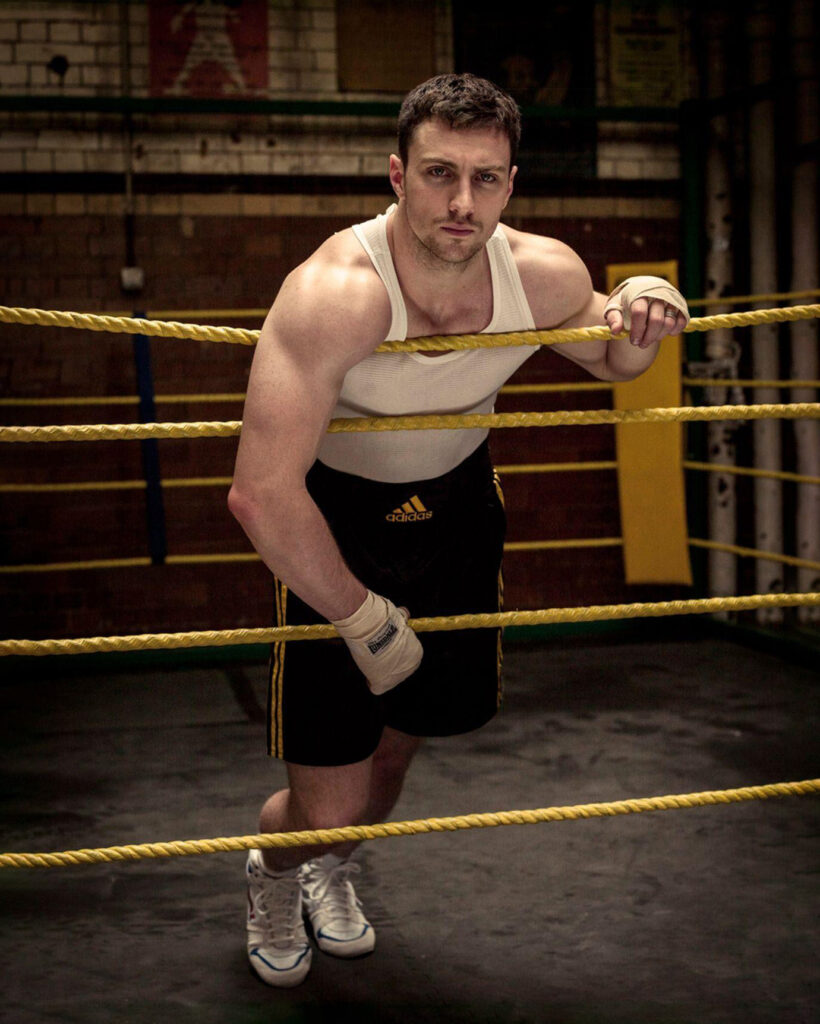
Each performance has showcased his remarkable ability to inhabit vastly different characters and bring them to life with authenticity and depth. “As an actor, I’m constantly searching for roles that will push me to grow and expand my abilities,” he explains. “I’m not afraid to take risks or step outside of my comfort zone if it means I can deliver a powerful and memorable performance.”
This dedication to exploring new creative horizons has earned the actor critical acclaim and a reputation as one of the most versatile performers of his generation. “I’m driven by a desire to tell stories that matter, to create characters that resonate with people on an emotional level,” he shares. “That’s what keeps me motivated and excited about my craft.”
2024, Beyond and Bond?
Fast-forward to 2024, and Taylor-Johnson still seems to be moving at a faster pace than many of his peers. He will appear in Robert Eggers’ remake of the 1922 F.W. Murnau silent horror masterpiece Nosferatu with Bill Skarsgård, who plays the titular vampire. On the horizon too is the lead role in the Marvel superhero instalment Kraven the Hunter. Next year there will be Fuze, a heist thriller from Hell or High Water director David Mackenzie, and 28 Years Later, Danny Boyle’s post-apocalyptic sequel.
More flamboyant, mainstream roles have been inserted in between. He recently starred in David Leitch’s charming action film The Fall Guy, portraying an arrogant A-lister whose stuntman happens to be Ryan Gosling. Huge action scenes abound in the movie, which is basically Barbie’s Ken amplified to the maximum.

At time of writing, Taylor-Johnson neither confirms nor denies the Bond rumour. “I don’t feel like I need to have a future drawn out for me,” he says. “It’s the best when you sometimes lose all inhibitions completely, and you feel like you’re dangling there, and the director has sort of got one finger on the back of your shirt, so you don’t fall. It’s all about chasing that feeling. There’s nothing so exhilarating as that.”
This analogy is nearly exactly in line with the vibrancy and physical elegance that define his on-screen persona. Whether he’s fighting Brad Pitt on a Bullet Train or tearing through the African savannah with a knife in the Kraven the Hunter trailer, Taylor-Johnson has shown that he is an incredibly physical actor for whom the tough demands of the part are intrinsic to the character’s transformation. He explains: “I grew up dancing; I work with movement coaches.”

As Taylor-Johnson continues to impress audiences and critics alike with his diverse filmography, it is clear that his impact on the industry will be felt for years to come. By challenging preconceptions and demonstrating the power of versatility and emotional depth, the actor has set a new standard for what it means to be a celebrity.
Wondering what’s next for Hollywood’s most grounded new leading man has occupied many column inches in the entertainment media. Will he really step into Daniel Craig’s shoes? Well, it’s certainly no time for dreams to die.
Garden Paradise: Tropical greenery frames life in a traditional Bali villa redesigned to commune with nature
Renovating a large house comes with challenges but also exciting opportunities to allow creative transformation and maximise the potential of the space. This was the remit for the redesign of a Balinese villa compound by ZXC Studio, whose team crafted a plan to suit the needs of the homeowner, a filmmaker who lives with his girlfriend and four dogs.
The couple enjoys spending time at home, gardening, cooking and occasionally hosting friends for dinner. Their love of gardening is evident through landscaped courtyards and unique plants that can be viewed from inside the house. They also have a huge collection of books, vinyl, vintage film posters and art pieces that are displayed throughout the home, adding vibrancy to a clean, minimalist décor of neutral tones and natural materials.
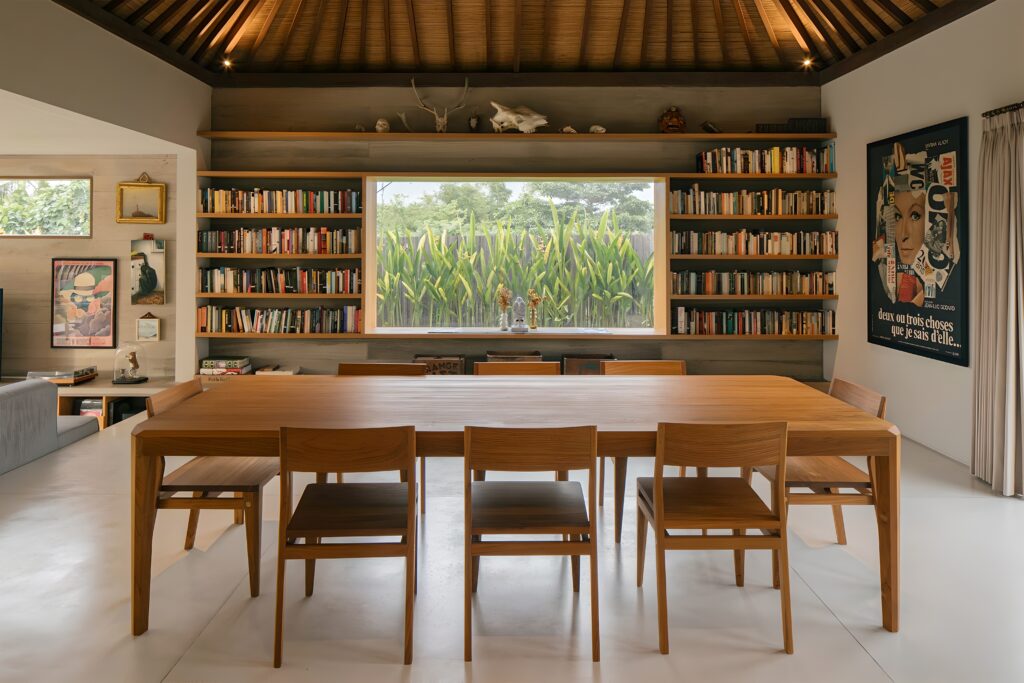
The compound sprawls over 1,380 square metres, of which some 300 square metres comprise an existing built area that was renovated; a further 100 square metres were added to extend the interior space. The west-facing tiered landscape slopes over a stream and is surrounded by rice paddies and tall coconut trees, with Bali’s majestic central mountain, Batukaru, visible in the distance.
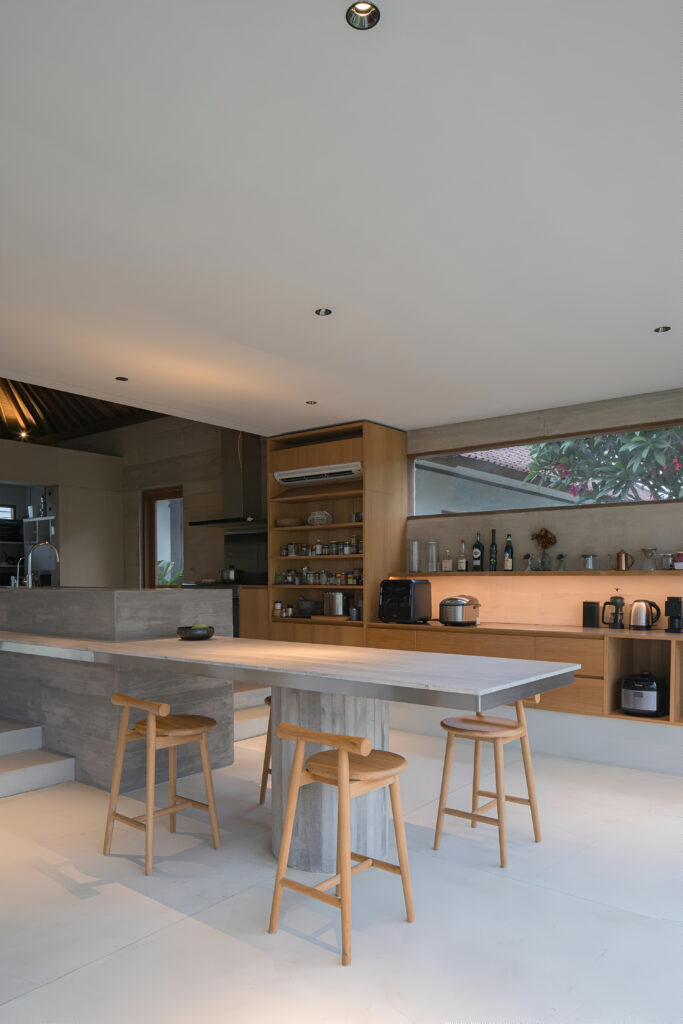
The living quarters is grouped into three single-storey buildings – living room, kitchen and dining room; guest bedroom and study; and master suite, respectively. Gardens and a handsome infinity pool drop-down to staff quarters and a parking area at the back of the lot.
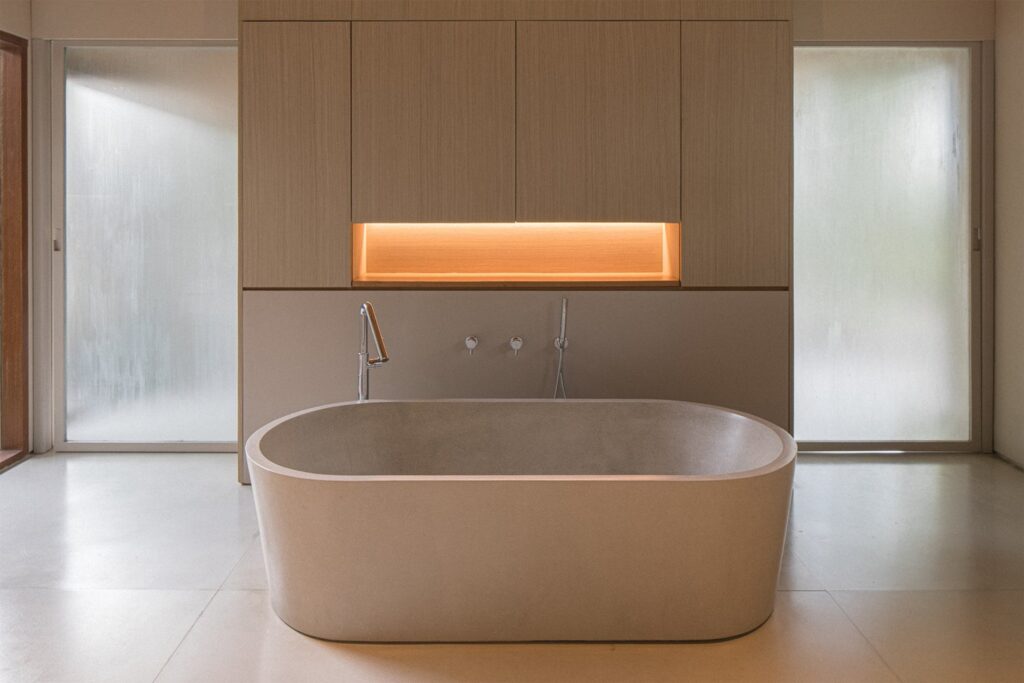
Opening up the built area to create bigger and airier spaces was the priority for the architecture and interior design practice led by UK-educated, Bali-based Zhi Xiong Chan. The original configuration of the villa complex felt cramped – too many rooms and a lack of access to natural light and ventilation. Floor-to-ceiling windows in the main living area and bedrooms now allow scenic views and abundant sunlight to sweep indoors. A series of distinct courtyard gardens, defined by the selection and composition of different tropical plants and trees, was inserted between the bungalows to accentuate the natural grandeur of the estate.
Having made the decision to retain the villa’s characteristic rectangular terracotta hip-tiled roofs, the designers then selected additional complementary building materials. Natural teak and Bangkirai hardwood joined the original timber framing the roofs, walls and windows. The wood-grained texture of the board-formed concrete which was applied to certain walls reflects the horizontal tiers of the site and connects internal and external spaces.
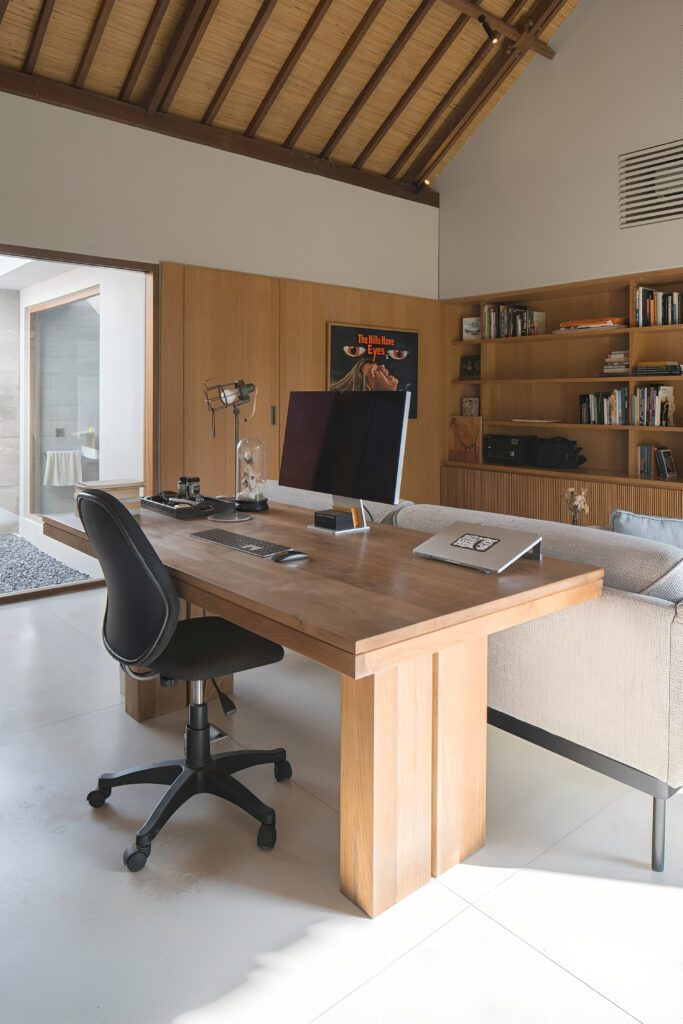
Large fixed furniture pieces stand out within the now more spacious and open rooms. They were chosen according to their function and ability to consolidate storage, and their light oak veneer creates a pleasing contrast with the darker wood tones in the house.
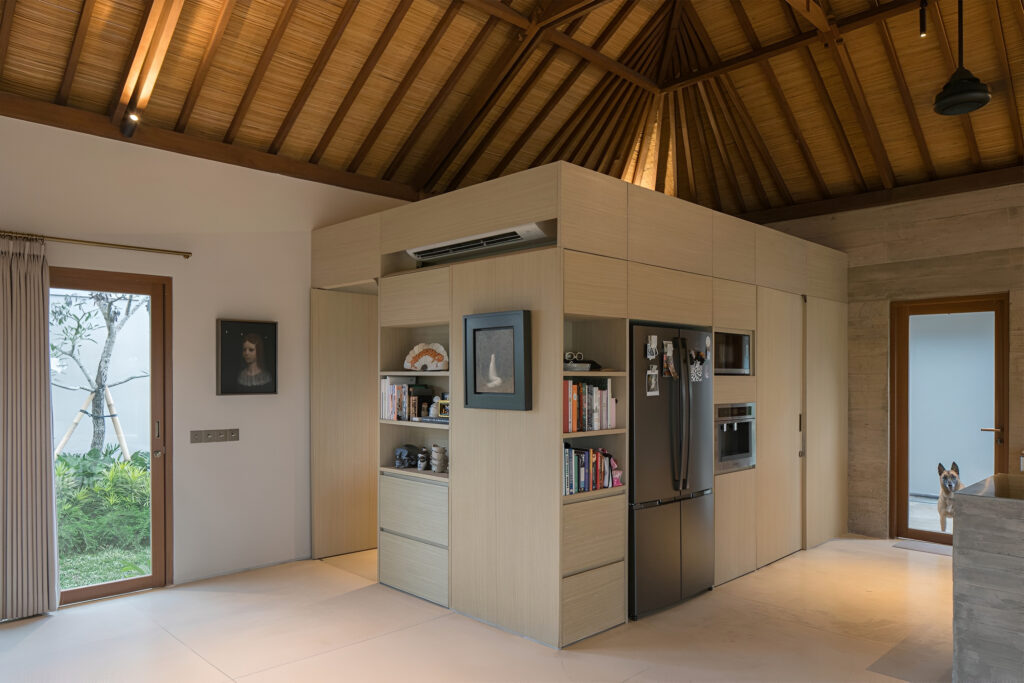
Overlooking the garden and the pool deck, the living room and the open kitchen are seemingly an extension of the outdoors, separated only by a glass wall. Distinguished by a difference in floor level, the dining area runs the length of the space and requires an entry of sorts, up steps from the living area. The vernacular architecture of the showpiece ceiling delivers a unique blend of modernity and tradition. On the back wall, behind the dining table, a large picture window is flanked by tall bookcases. The view here is a mass of greenery from the tall plants growing outside – and together these elements combine to form an interestingly composed feature wall.
A sculptural garden separates the two other bungalows, which are reached via a covered walkway that skirts around a central garden. Bonnet-shaped roofs with internal wooden planks make the indoor areas look even larger and brighter than their generous dimensions. Light diffusing from an indoor courtyard sets a vibe of calm and relaxation.
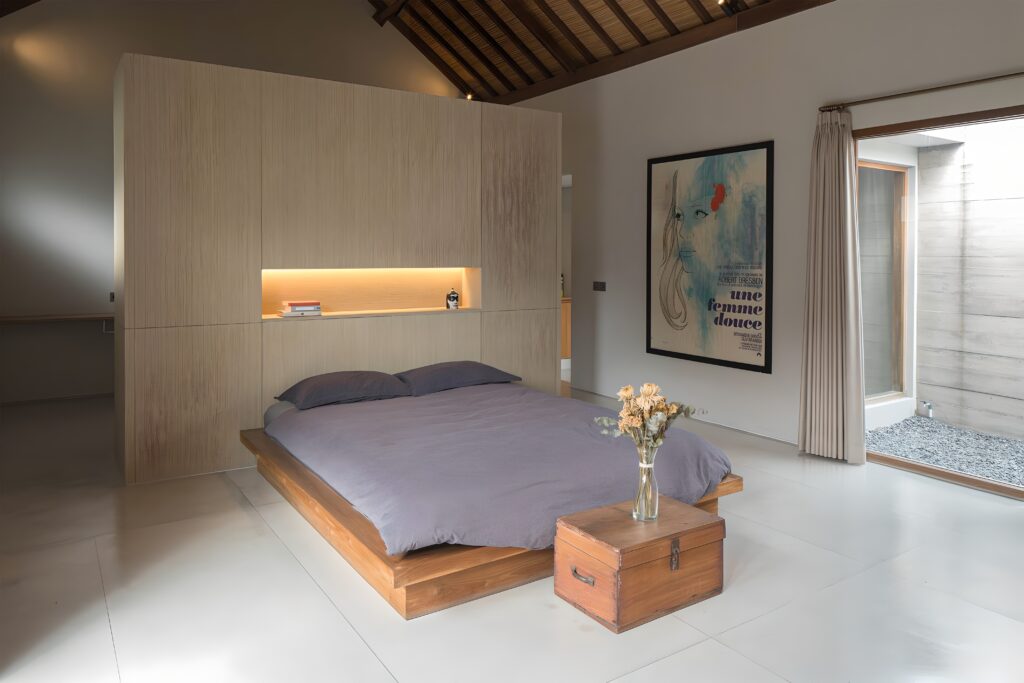
The guest suite comprises a spacious bedroom and bathroom – separated by a dividing wall that serves as the bed headboard – as well as a large study with space for lounging. In the master suite, which opens into a private garden, an immense bathroom matches the scale of the bedroom. Long, narrow recesses in the headboard and huge walk-in shower are illuminated, casting a warm, welcoming glow that is matched by the backlit bathroom mirror.
The abundance of open space, mountain view and stepped construction of the compound contribute to a sense of unity between the house and the surrounding landscape, which can be felt indoors and out. The inner courtyards also help to connect the exterior to the interior in this home where nature, man and animals live in harmony.
Photos: ZXC Studio
Fam Together
Right now, over at Kimpton Kitalay Samui.

Discover the Ultimate Family Getaway and make your family trips absolutely special and enchanting with Kimpton Kitalay Samui! Look forward to some gastronomic fun because quality food and beverages are their business, the five restaurants and bars are designed to take you on varied gastronomic adventures throughout the day and between cities.
Nestled along the stunning shores of Koh Samui, the Kimpton Kitalay Samui offers families the perfect tropical retreat. This vibrant resort is designed with kids and parents in mind, promising an unforgettable experience for all ages.

Whether you opt for a pool access room or spread out in a spacious two-bedroom layout, you’ll find thoughtful in-room amenities to make your family feel right at home.

The real magic, however, begins at the JUNIO kids’ club – a vibrant oasis of color and creativity. Here, young adventurers can immerse themselves in a world of inspiring activities, from arts and crafts to cultural experiences and outdoor games. Meanwhile, parents can enjoy a much-deserved break, indulging in therapeutic spa treatments or simply relaxing by the sparkling pools.

To make the most of your family vacation, be sure to take advantage of the resort’s “Family Time” package. Available for stays of 3 nights or more until July 15, 2024, this exclusive offer includes an extra bed, roundtrip airport transfers, complimentary children’s activities, and dining discounts – everything you need for endless days of fun and memory-making.

As the sun sets, gather the family for movie nights, daytime treats, and other enchanting experiences that will leave you with a lifetime of cherished moments. Whether you’re seeking relaxation or adventure, the Kimpton Kitalay Samui promises to deliver an unforgettable family getaway in the heart of tropical paradise.
Lasting Memories
With our huge JUNIO kids’ club, inspiring activities, daytime treats, movie nights and more, this is a haven of color and creativity for young explorers.


Under our new “Family Time” package, parents and kids can enjoy endless days of fun with an extra bed, airport roundtrip transfers, complimentary children’s activities, dining discounts and more! Book your stay for three nights or longer from now until 15 July 2024.
For stays of 3 nights or more, enjoy complimentary perks including daily breakfast for up to 3 persons, one extra-bed, one round-trip airport transfer, and discounts at our Restaurants & Bars. Delight in the Kimpton Kids Social Hour from 4:00 p.m. – 5:00 p.m. at JUNIO Playground, and unwind with the Kimpton Ritual Evening Social Hour from 5:00 p.m. – 6:00 p.m.
Come and create lifelong memories with us – it’s Family Time!
Bermuda Bounties: The many charms of this British territory extend from pink beaches to pastel cottages
Bermuda is just a two-hour flight from the East Coast of the United States but has the feel of being worlds away. A hugely prosperous British Overseas Territory, this tiny island retains an old-world charm that never fails to beguile visitors.

Its quaint colonial architecture, lush green golf courses, pastel cottages, manicured gardens, pink oleander hedgerows, pink-sand beaches and pristine waters are all integral to its undoubted appeal. The famous Bermuda shorts worn by business people are another notable part of the relaxed ambience, made possible by a favourable year-round climate that adds to the good vibes. Its diverse range of healthy vegetation and bushes, trees and ornamental plants elicits visual as well as psychological benefits.
Atlantic gem
Bermuda was formed by volcanic activity millions of years ago, and it was at the dawn of the 16th century that Spanish sailor Juan de Bermúdez declared himself to be its discoverer – a fact backed up by early maps of the islands drawn by the Spanish. However, the uninhabited archipelago of about 180 islands had little to offer the Spanish, and it was left to the British a century later to lay their claim.
“Bermuda is a real gem in the Atlantic, steeped in history dating back to early British exploration and vital in the American War of Independence. Now it is a bustling place … [with] incredible beaches and weather,” says a spokesperson for the Friends of the British Overseas Territories (Fotbot), an organisation dedicated to raising awareness of the UK’s 14 sovereign outposts.
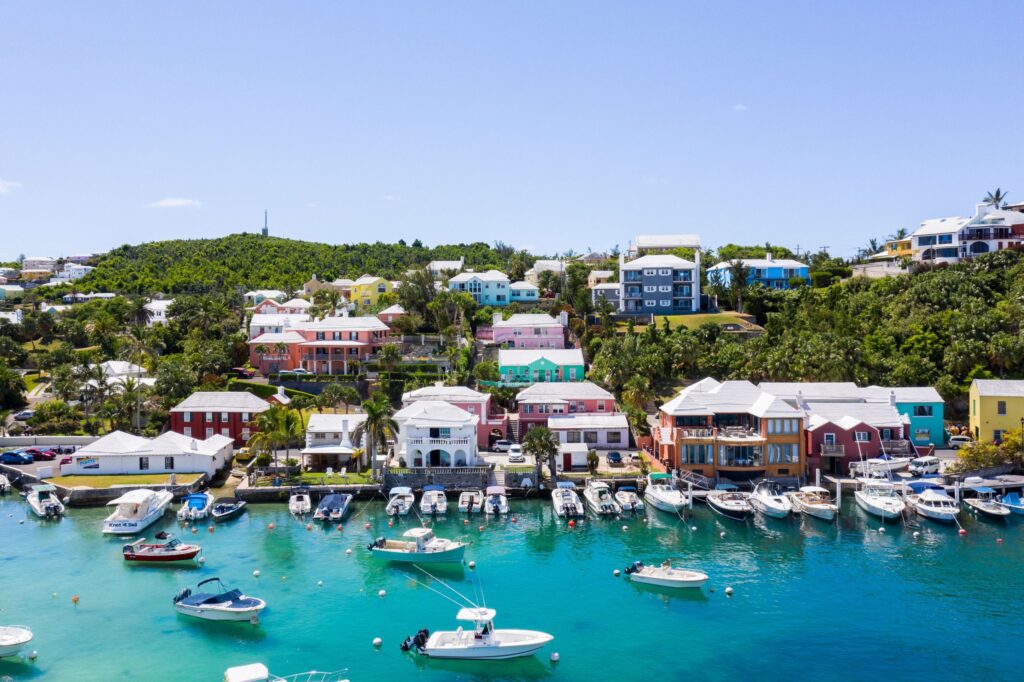
Mainly linked by road, Bermuda’s total land area of about 54 square kilometres is home to some 63,000 people of mainly African, British and Portuguese descent. Luxurious hotels, cottage colonies and flower-filled guesthouses are a magnet for tourists seeking sanctuary. The island is especially known for its amazing beaches where sand and sea come together in pink and blue crescents.
Backed by a scenic coastal park and hiking trail, Horseshoe Bay Beach is the perfect place to swim, play and soak up the sun.

The rosy sand is lapped by waters which fluctuate from crystal-clear to turquoise to cobalt blue. There is an on-site bar and restaurant and beach rental facilities, and the annual Bermuda Sandcastle Competition is held here in late summer.
Horseshoe is just one of a slew of beaches that stretch along the central parishes of Bermuda’s South Shore. Many of the secluded coves scattered between the larger beaches also possess their own unique allure. Readily accessible from public roadways are Warwick Long Bay, John Smith’s Bay, Chaplin Bay and Stonehole Bay. Most are spacious enough to accommodate every kind of beachgoer, from families to adventure-seeking water sports enthusiasts. It is common for visitors to rent or charter a boat for a blissful tour of the archipelago’s coves, lagoons and islets.
Nightlife and wildlife

Many of the hotels along the South Shore have their own private beach, though the public can access some stretches at low tide without fear of trespassing. Nightlife often spills out from the bars to the beaches, with concerts and beach parties a regular occurrence, especially during the summer months.
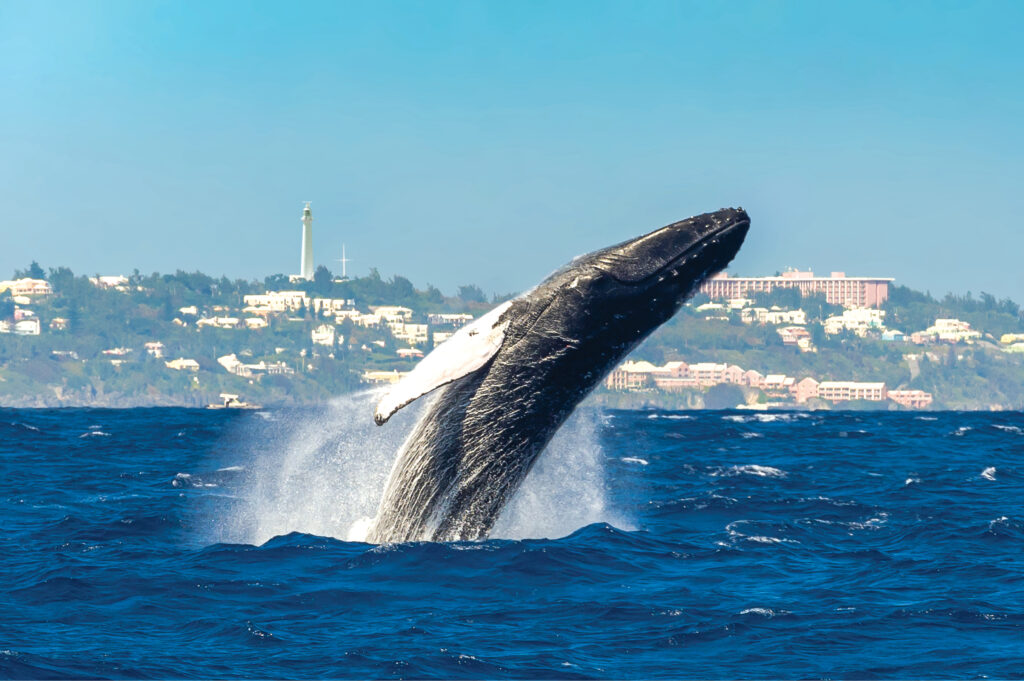
On a clear day in spring, it is often possible to see humpback whales from the aptly named West Whale Bay as the huge yet graceful mammals power their way north to summer feeding grounds. Booking a boat trip to witness their awe-inspiring passage is also an option. From May to October, a rather different natural sight occurs – bioluminescent glow-worms lighting up shallow waters around the island for two days after each full moon.
Wrecks and reef
With the clean, clear waters affording divers and snorkellers technicolour views of coral and marine life, underwater caves and shallow wrecks, Bermudians have traditionally been fascinated by what lies beneath the surface. There are more than 500 square kilometres of coral reef teeming with marine life to explore, as well as several shipwrecks responsible for the island being dubbed the ‘Shipwreck Capital of the Atlantic’. One of the biggest wrecks is The Cristobal Colon, a massive Spanish cruise liner which crashed into the reef off the north shore in 1936.
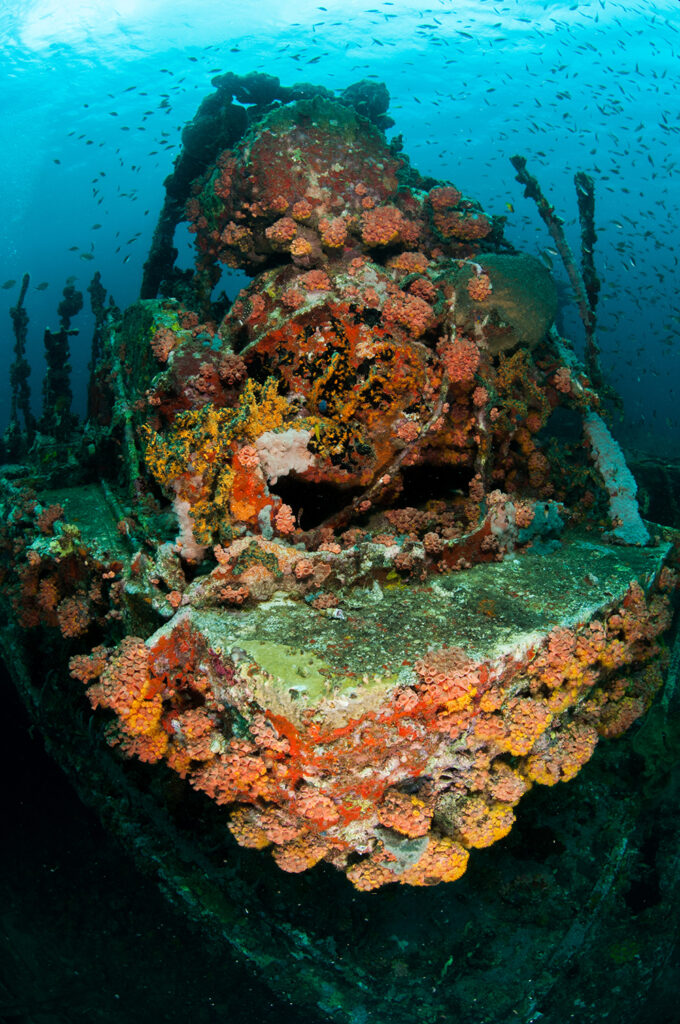
The island also forms one vertex of the infamous Bermuda Triangle, an area of the Atlantic said – erroneously – to experience a disproportionately high number of missing ships and airplanes. It is true, however, that occasional devastating tropical cyclones traverse the region from May to November.
Sporting history
Bermudians live for their sport – both water- and land-based – and golfing enthusiasts especially will be in seventh heaven. Some of the world’s best golf architects have designed magnificent courses, with pros and high-handicappers alike treated to sweeping ocean vistas and landscaping with spectacular blooms. The Mid Ocean Club course is recognised as one of the most prestigious in the world. Part of the challenge is coping with the quirky air currents that can exaggerate any slice or hook.

Cricket is a beloved pastime and equestrian events are also particularly prominent in the sporting calendar. Walkers, joggers and cyclists can enjoy a trail along a former railway line that extends across the island, along craggy coastline and verdant countryside.

Bermuda has its fair dose of historical attractions too, such as St George’s old town, a Unesco World Heritage Site. This is the island’s first settlement and it features the 17th-century St Peter’s Church, as well as a slew of museums and colonial buildings. Wander through alleys lined with traditional shops, pubs and cottages and soak up the laid-back Bermudian vibe. The Lili Bermuda Perfumery and gardens are a fragrant draw.
Local colour
The capital Hamilton, a city filled with parks and quaint back alleys, is also great for walking tours. Climb the tower at the Gothic-style Cathedral of the Most Holy Trinity to marvel at the charming pastel houses, many built from limestone with distinctive white stepped roofs that allow Bermudians to collect and store rainwater.

Hamilton also offers Bermuda’s largest and most fashionable collection of shops, many located in bustling Front Street, and the lack of a sales tax is incentive enough to splurge on quality clothing, jewellery and other treats. Front Street is also where the popular Port O Call is located, offering a menu based on fresh fish, Angus steak and local produce. On Fridays, the bar and patio turn into a happy-hour hotspot.

Bermudians are partial to shark hash – minced shark meat sautéed with spices and often served on toast – and codfish cakes, made of salted cod mashed with cooked potatoes, fresh thyme and parsley, and then shaped into patties and pan-fried. Bananas baked in rum and brown sugar are a favourite dessert, and their banana crumble is noted for being sweet and rich.
The capital is also home to the island’s best nightlife, with a good mix of wine bars, sports bars, dance clubs and live music venues to suit your mood. A rum cocktail called Dark ’n’ Stormy, mixed using Bermuda’s Goslings Rum, is a must-try.
Rhythm of life
A vibrant exhibition of food, music and dance, the island’s increasingly popular carnival takes place during the third week in June to celebrate National Heroes Day. Gombey dancing is a Bermudian cultural phenomenon; masked, traditionally exclusively male performers sway to the accompaniment of Congolese-style drums and the shrill whistle-blown commands of the troupe’s captain.

Bermuda has the fourth oldest Parliamentary building in the world and the Fotbot spokesperson highly recommends visiting this Hamilton monument. Over on the island’s West End is the Governor’s residence, which has views of the harbour towards the old Royal Naval Dockyard.
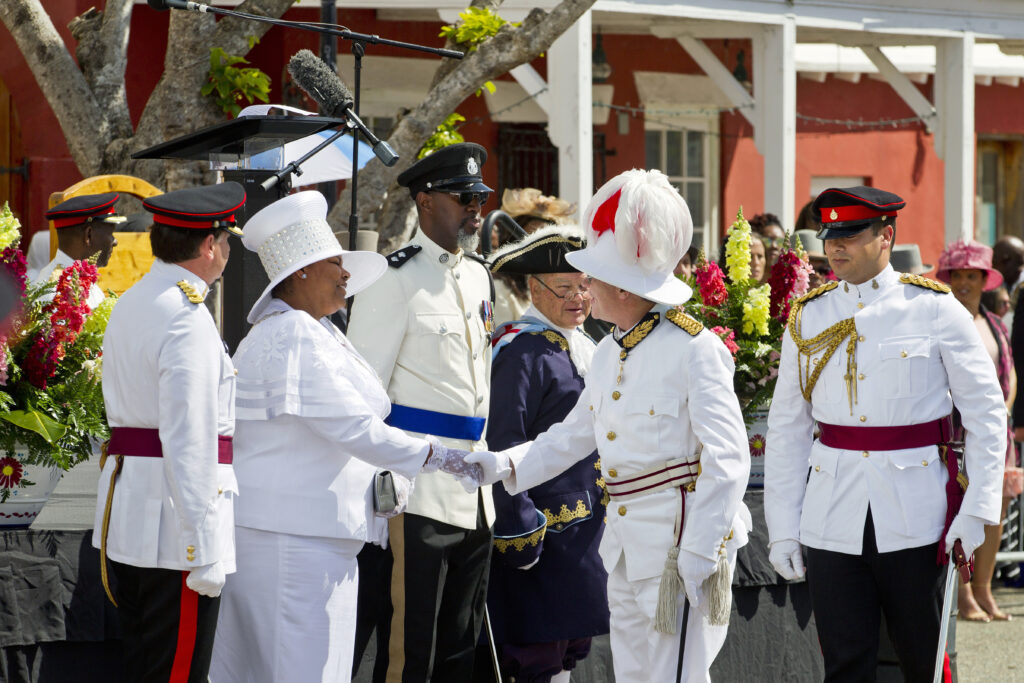
The old British fortress perched here has been turned into the National Museum of Bermuda. Its ancient cave, deep underground, is another hit for tourists in a territory melding natural beauty, laid-back charm and upscale ambience.
Using technology to nurture a passion for wines and spirits
Crurated – Innovative company offering complete transparency in the buying of wines and spirits
Originally from Italy, Alfonso de Gaetano has spent the past 15 years in Dubai. After an ankle injury, he made the leap from a professional soccer player to a career in business and technology. He has spent the past decade at Google, where he was the Director of Google Publishers business across EMEA Emerging Markets. Burgundy is the region that made him first fall in love with wine, and he often makes long drives from Burgundy to his wine cellars around Europe to ensure bottles arrive safely and in perfect condition.
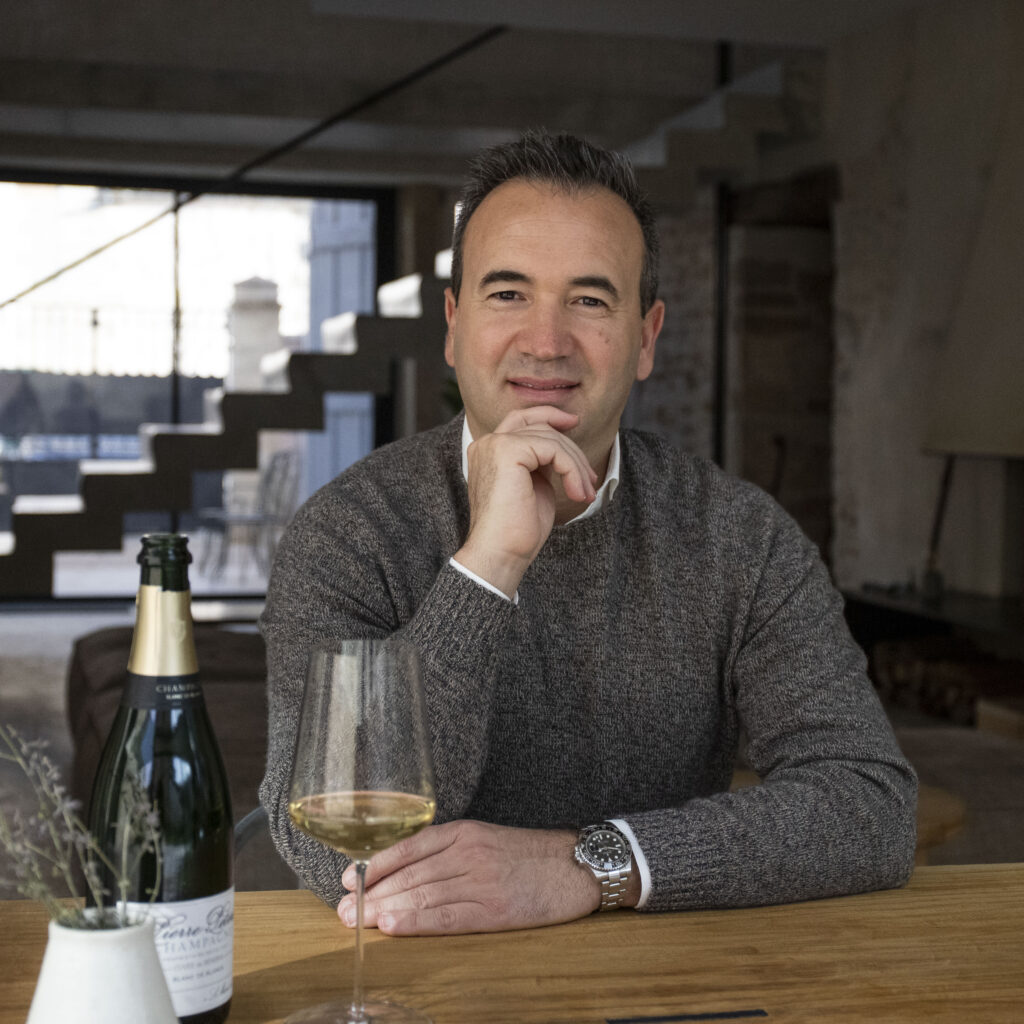
Prior to Google he worked in strategy consulting and M&A for Booz&Company, CapGemini, and Dubai Financial Group. He received an MBA from STOA Business School and did his undergraduate in materials engineering at FedericoII University.
Alfonso founded Crurated in 2021 to create a community of fellow connoisseurs that could come together virtually and physically around the globe to discover, learn and acquire wine from the hands of the best domaines themselves.
What is the mission of Crurated?
The mission is about becoming the best platform for the next generation of collectors. We are techcentric, meaning we really use technology to nurture the passion of people around wines and now spirits.
Our goal is to use the value of blockchain and bring transparency in terms of where the bottle comes from and what are all the different steps before the bottle reaches the table of the client.
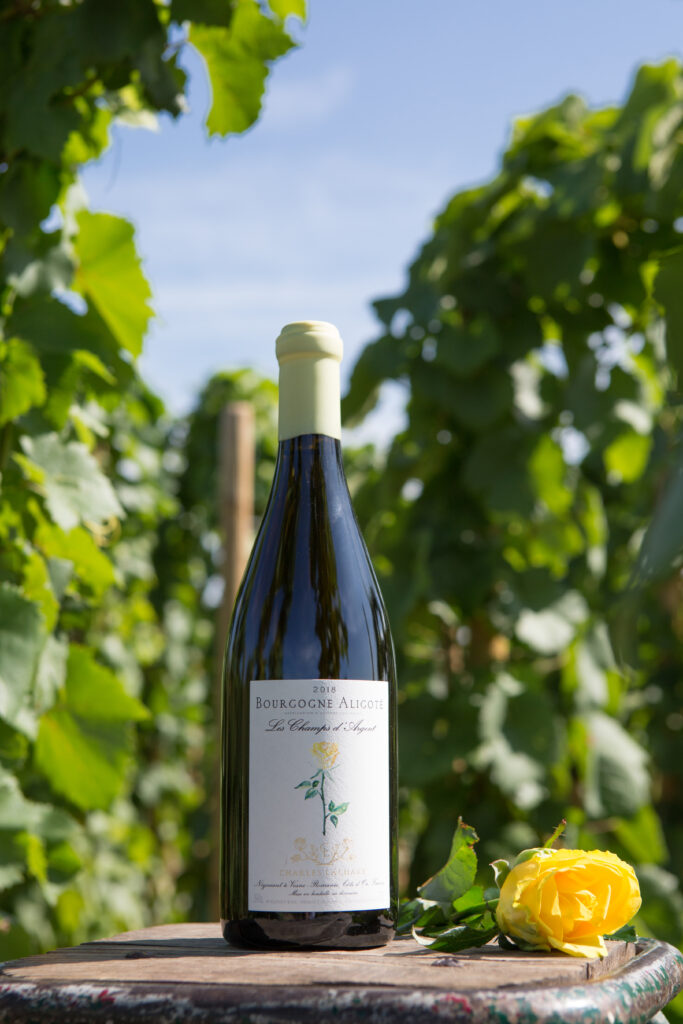
After all, the big challenge for many collectors to think about before buying or opening a bottle is where does this bottle come from? And they know the difference of a bottle coming from a cellar – especially if it’s an old vintage – from a bottle that you might find in a shop which may not be stored at perfect temperatures.
Our experience told us that if we have to use blockchain for traceability, the only way for to do it is to work directly with each producer. Buying a bottle in the market offers no clarity about the journey until it reaches the specific distributor or shop and so on.
What makes you different?
Being able to prove that every bottle comes from the cellar of a producer, especially old vintages, I think it’s a great differentiator.
The other thing that makes us unique is the business model – we don’t buy and sell. We work closely with producers to sell their wines directly from the cellar to the clients. We have built a company to bring more value to these fantastic producers. We wanted to make sure that everything that we do is super transparent. The producers know when they give us wines, what’s happening to the wines, and in which markets are they going. This kind of transparency is great not just for the client, but also for the producer.
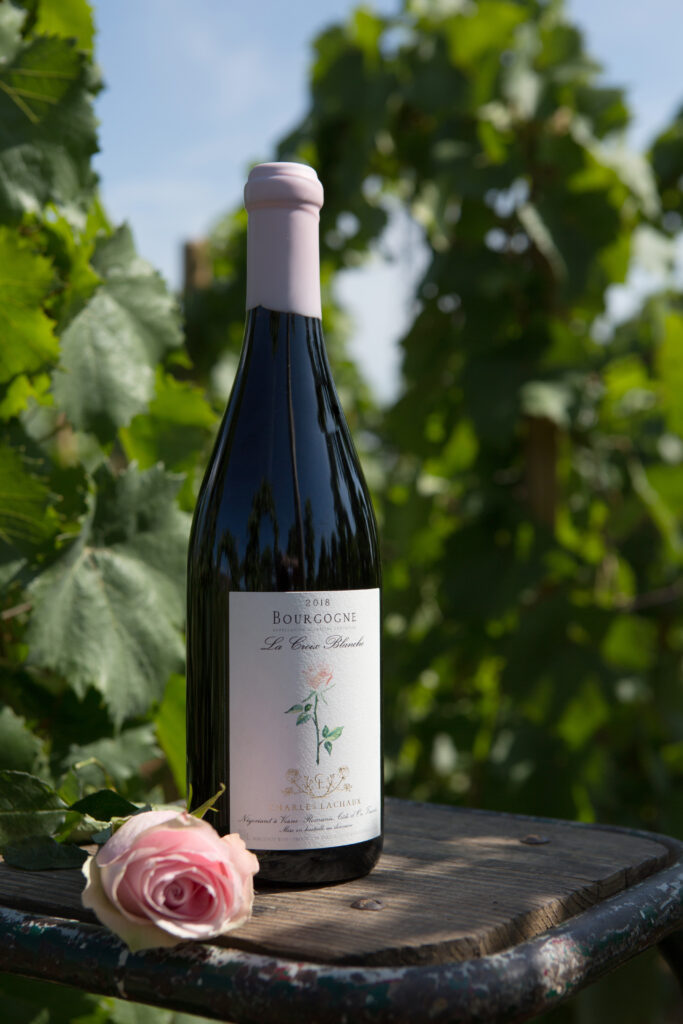
The other thing that is differentiating is that we are really developing a lot of interesting technology. For example, in January we announced the launch of the first metaverse with blockchain. You will be able to put a VR on your face and be able to walk in your cellar and see all the bottles that you bought, as if you are in your own real cellar. When you touch a bottle, when you take a bottle, you can actually start to see all the information in blockchain.
How did you actually change the paradigm in wine in Hong Kong?
What we learned, especially here inHong Kong, is that the client is very sophisticated, and what they really love about Crurated is the fact that they can see where the bottle comes from. I think it makes a big difference – especially in Asia – because a lot of bottles are going around the world before landing on the table of a client. Knowing the perfect provenance of the bottle from the producer going directly to client, it’s a massive differentiator. And getting that certainty was really important in getting a lot of fantastic collectors from Hong Kong.
Are you seeking to change the paradigmin spirits in Hong Kong in the same the same vein?
Today we have around 5300 members from all around the world. I think Hong Kong represents around 7% or 8% of that total. And most of them are wine centric, but they also like spirits. Some of them are big in both, but the approach is very similar. When we decide to work with a specific supplier, we want to make sure that first of all, everything comes directly from them.
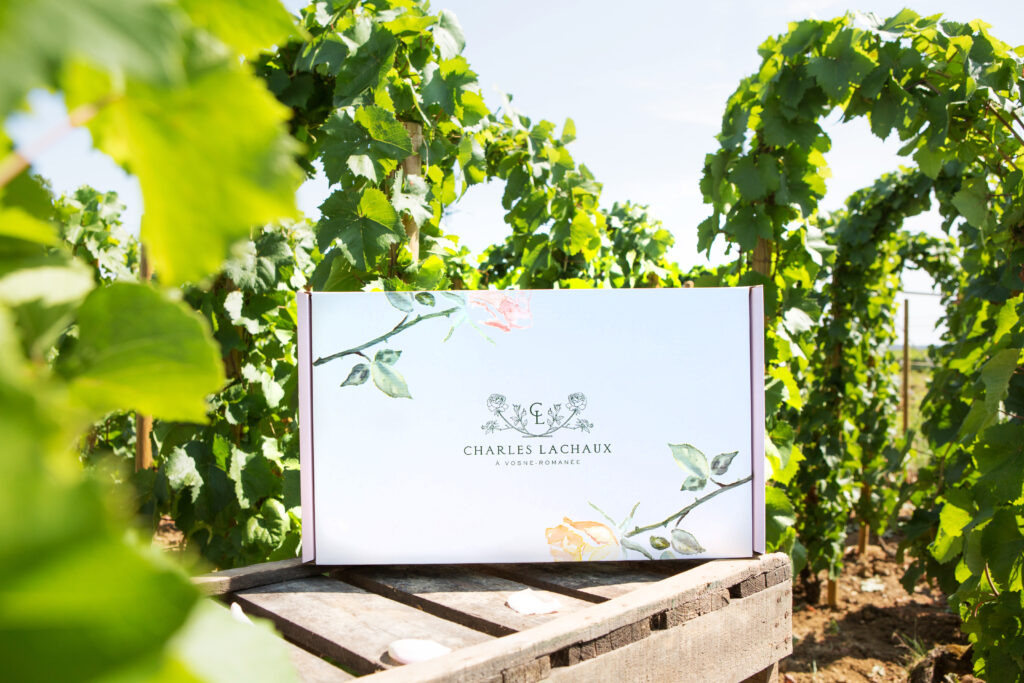
We now work with some of the top winemakers, and in spirits, we are trying to do exactly the same, getting some very special casks and some exclusive relationships.
Are there any characteristics about the Hong Kong market which makes Crurated suited to servicing the client base in Hong Kong?
I believe that, people here, they really love a couple of things. They like access the top links, and we have many, such as all the top names in Bordeaux. We only work with the very best producers, mainly from Europe at this stage.
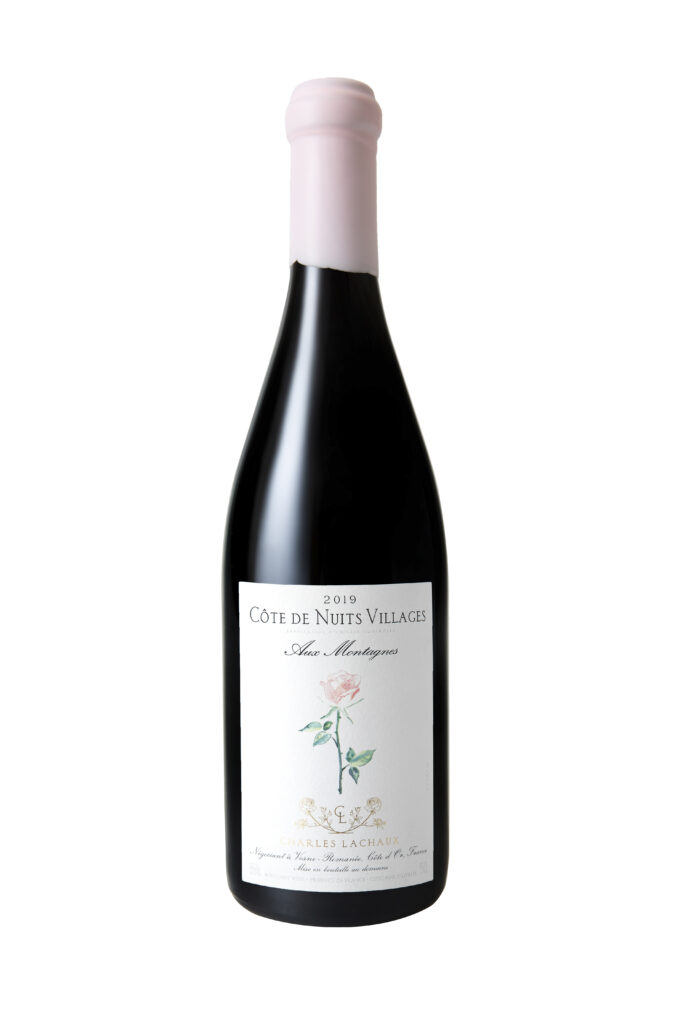
And the other thing that we really try to do is to focus on what we call the rising stars. We have seven people in our team just focusing on the research on the new great young producers in the regions that we cover. We visit and meet a lot of new producers. And select if we want to work or not with specific new producers and bring that new producer on our platform.
Our clients know that everything we have is something that we recommend. And I think that in this market, there are a lot of curious wine lovers that love to try the new young producers.And when they try something new and they love it, that’s how you build even better connections and trust with the client base. We see in Hong Kong more curiosity than we see in other Asian markets. The clients are much more sophisticated.
Who do you think would benefit in Hong Kong from becoming members and what are the benefits?
We have different membership schemes where there are different levels of access to the collections that we sell. Another priority is being part of the events or the wine tools that we offer.
We also have one membership that is free, that we call explorer, where people can explore to the platform. But it’s a great way for people to try the platform for free. They can then upgrade to other membership tiers.
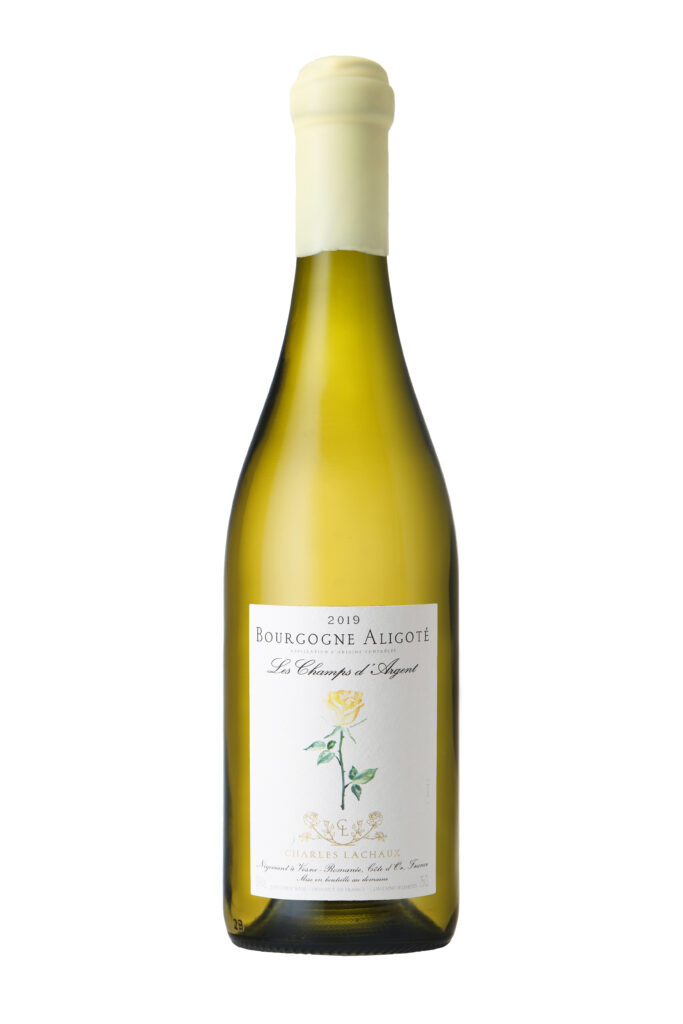
We also have one membership that is free, that we call explorer, where people can explore to the platform. But it’s a great way for people to try the platform for free. They can then upgrade to other membership tiers.
There are quite a lot of benefits, from shipping to free storage. I think the most important thing is the access to these great producers. We also launched fractional bottles, where you can see the bottle and you can select how many litres you want, and then you can decide to convert in the formats that you like.
The most important thing for every client is that everything they do on the platform is available in real time. The moment they buy it, they can see on the platform exactly what they have, and then they can also see the provenance of each bottle.
Healing Heritage: With TCM wards and Western diagnostics, Hong Kong can break through borders as a Chinese medicine frontier
The age-old traditions of Chinese medicine have continued to thrive in Hong Kong, standing as a testament to the enduring wisdom of holistic healing practices. Traditional Chinese Medicine (TCM) in Hong Kong has long been regarded as a reliable and effective approach to maintaining overall health and treating a wide range of ailments.
Practitioners of this ancient art often take a comprehensive view of the body, focusing on the delicate balance of yin and yang, as well as the flow of vital energy, known as qi. Through the use of herbal remedies, acupuncture and other traditional techniques, Chinese medicine aims to address the root causes of health issues, rather than just treating the symptoms – a common criticism of routine Western medical practice.
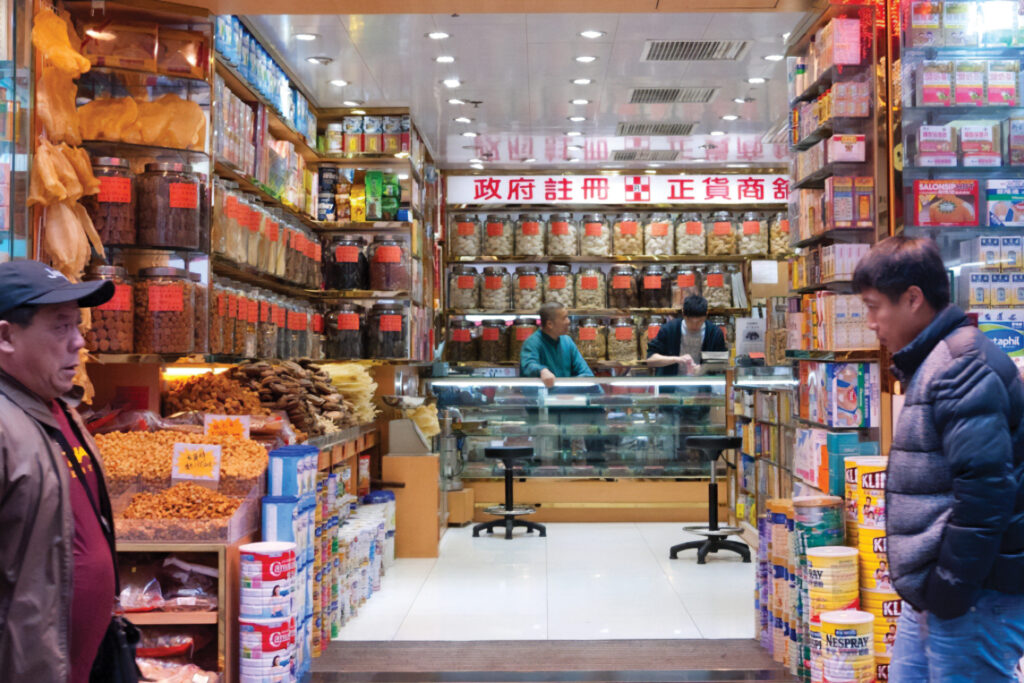
One of the key advantages of Chinese medicine is its emphasis on preventive care and the promotion of overall well-being. Practices like acupuncture, tai chi and herbal therapy seek to strengthen the body’s natural defences and increase resilience to disease. This stands in contrast to the Western medical model, which often relies on reactive measures and the use of prescription drugs to manage symptoms.
Herbal Hospital
The opening of the Chinese Medicine Hospital, Hong Kong’s first TCM hospital, in Pak Shing Kok, Tseung Kwan O, in late 2025 is slated to serve as a showcase for international attempts to integrate Western and traditional practices. “This is a Chinese medicine hospital, but there will be a number of Western medicine examination facilities,” says its CEO, Professor Bian Zhaoxiang, a renowned authority in traditional Chinese medicine.
The government-funded hospital will have a total of 400 beds – including 250 in inpatient wards, 90 in day wards, 40 in paediatric wards, and 20 in the clinical trial and research centre. The highly anticipated opening of its Chinese medicine inpatient wards will mark “the first time in Hong Kong’s history that there will be such services,” notes Bian. Some 65 per cent of the new hospital’s services will be subsidised by the government, with the remainder provided by the private sector. Currently, private practitioners provide 95 per cent of TCM services in the city.
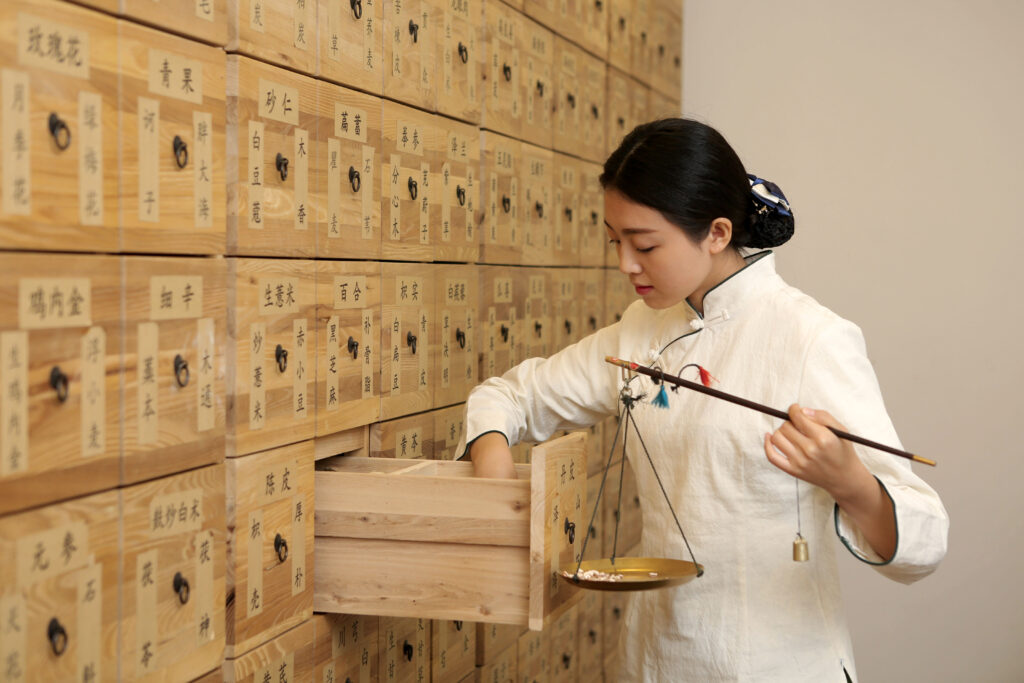
“Hong Kong’s Chinese medicine sector should seize the opportunity to capitalise on our characteristics and strengths … to demonstrate the value of traditional Chinese medicine and the collaboration between Chinese and Western medicine to the world,” says Lo Chung-mau, Hong Kong’s Secretary for Health.
A cooperation agreement between the upcoming facility and the Guangdong Provincial Hospital of Traditional Chinese Medicine has been also inked, covering areas like talent exchange, database setup and the creation of a network for scientific research. Lo declares that Chinese medicine in Hong Kong will reach “new heights” as a result of the partnership with the state-run Guangdong hospital. “With the rich experience and technology sharing from the [Guangdong hospital], I believe that the Chinese Medicine Hospital of Hong Kong will be able to launch its services smoothly,” he noted at the signing ceremony in January.
Holistic Endeavour
While Western medicine has made remarkable advancements in the fields of diagnostics, surgical procedures and pharmaceutical interventions, it is often criticised for its narrow focus on treating specific symptoms or conditions. In contrast, Chinese medicine takes a more holistic approach, viewing the body as an interconnected system and seeking to restore balance and harmony.
Dr Arthur Lau Chun-wing, the Chinese Medicine Hospital’s Deputy Chief Executive in Western Medicine, anticipates that the new facility will capitalise on the advantages of the two types of treatment. “I hope we can formulate standards that can serve as the blueprint for the world to follow and reference,” he says.
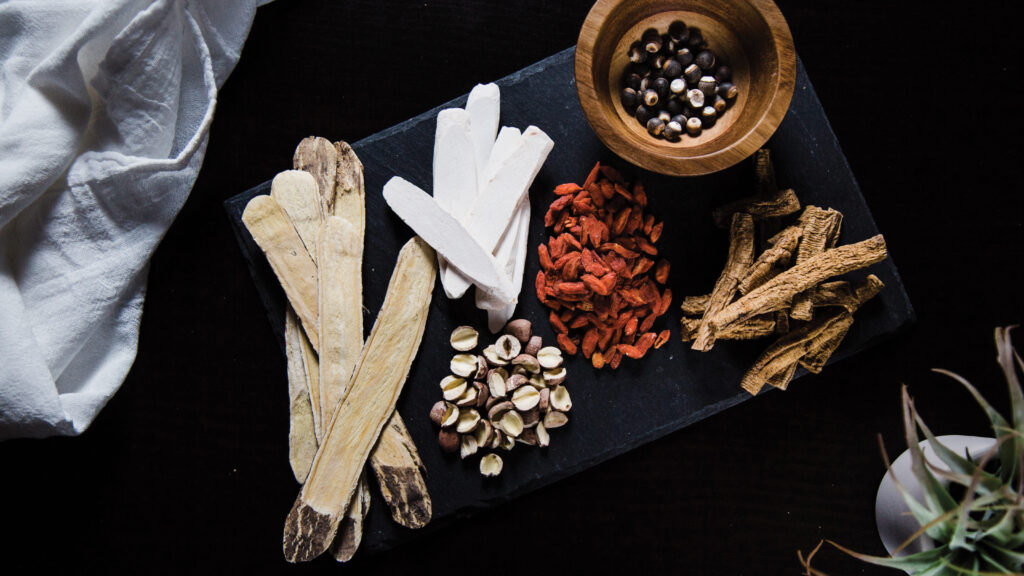
China’s main medical practices have historically been acupuncturing and herbal therapy. Acupuncture is regarded as a yang therapy, and for more persistent problems, yin herbal medicine is used in addition. Arguably the most advanced in the world, the Chinese herbal system encompasses thousands of recipes and plants. The majority of herbs are used in combinations, with eight or more different plants often combined to provide a synergistic cure. Additionally, animal parts are frequently included in medicinal formulae. Two examples to treat asthma are dried caterpillar fungus and gecko tails. A highly sought-after and costly tonic in Hong Kong is created from the saliva of the swiftlet bird.
Chinese vs Western
Studies have demonstrated the efficacy of certain Chinese medicine practices in treating conditions such as chronic pain, digestive disorders and even certain types of cancer. However, the reliability and scientific evidence behind Chinese medicine remains a subject of ongoing discussion, with some Western medical professionals expressing scepticism about the lack of standardised clinical trials and the potential for inconsistent quality control.
Dr Leung Ting-hung, the former Director of the Centre for Health Protection in Hong Kong, has said: “Chinese medicine can complement conventional Western treatments, but patients should be cautious of unsubstantiated claims. The safety and quality of Chinese medicine products require more regulation and oversight.”

The pros of TCM in Hong Kong include its long-standing tradition, its holistic approach to health, and its potential effectiveness in treating certain conditions. Many patients appreciate the natural and non-invasive nature of Chinese medicine treatments, as well as the emphasis on maintaining balance and harmony within the body. On the downside, doubters cite the lack of standardised quality control, and the potential for inconsistent or unreliable results and adverse reactions with Western medications. Additionally, some Chinese medicine practices, such as the use of endangered animal parts, have raised ethical concerns.
Future Tradition
Cheung Wai-lun, the Hong Kong Health Bureau’s Project Director for the Chinese Medicine Hospital, says officials want to coordinate and promote the quality development of Chinese medicine. “Besides local development of the sector, we hope to cooperate with the motherland’s development plans in this area. That is to use Hong Kong as a platform – like a display window – to showcase to the world how Chinese medicine can be applied.”
Ko Shing Street in Sheung Wan has been the heart of the wholesale trade in Chinese herbal medicine in Hong Kong for 100 years. It’s nirvana for herbal or health geeks, and a must-visit to witness a unique insight into the past. While shopkeepers in this iconic street find it challenging to keep their stores operational due to Hong Kong’s expensive rent and living expenses, preserving these customs and ensuring that they continue to influence modern holistic treatment in the future are essential.
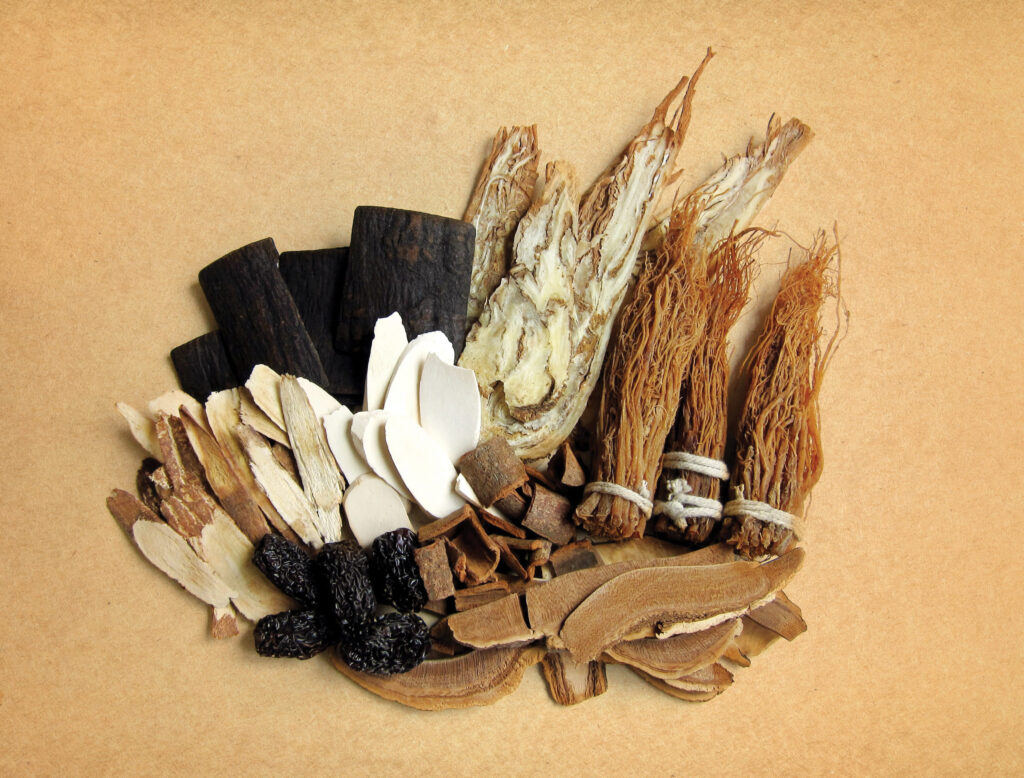
As the city continues to navigate the dynamic landscape of healthcare, the role of traditional Chinese medicine remains an integral part of the city’s medical landscape. While the debate over its reliability and effectiveness compared to Western medicine continues, the enduring legacy of this ancient practice serves as a reminder of the importance of preserving and exploring diverse approaches to healing and well-being.






